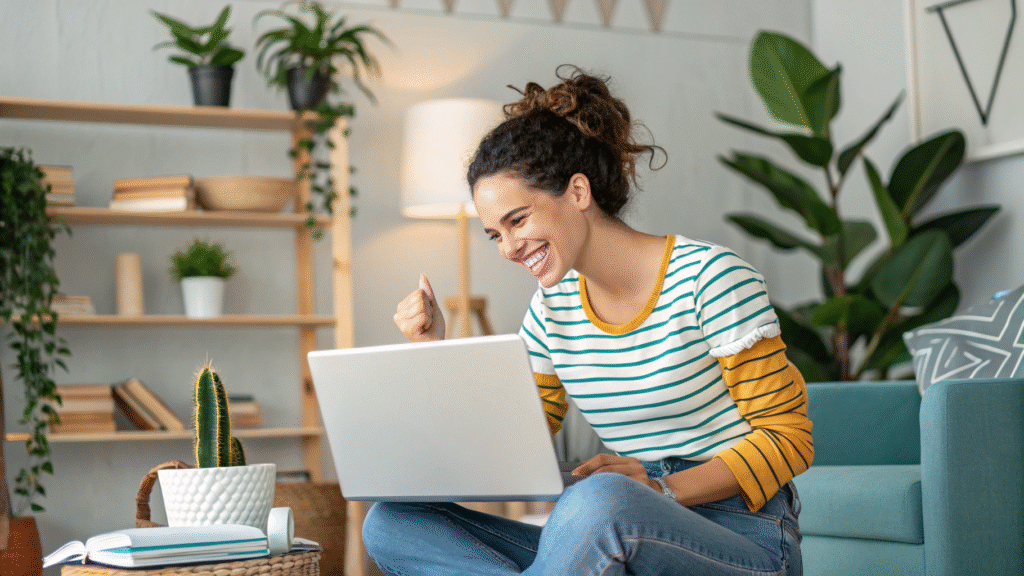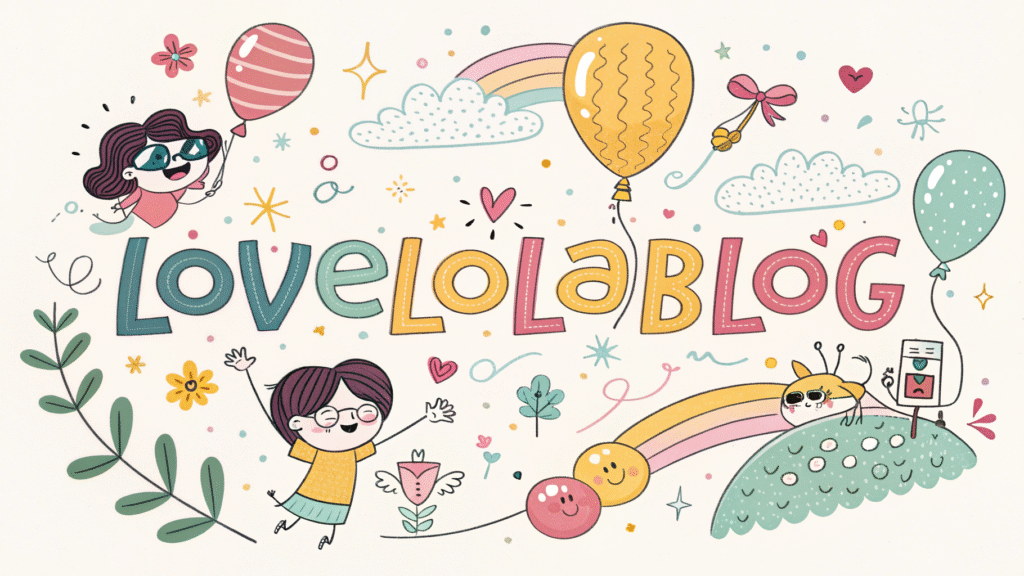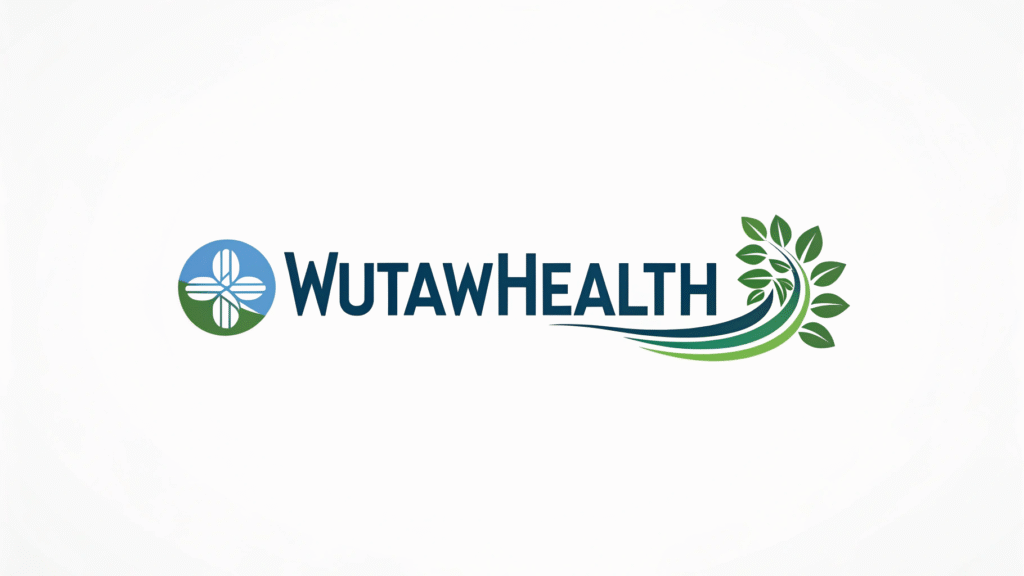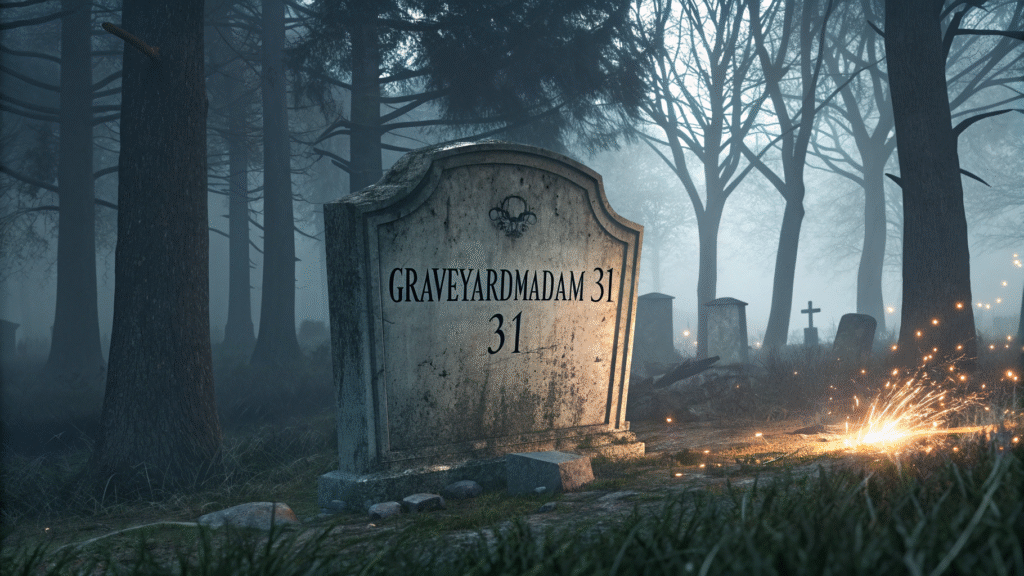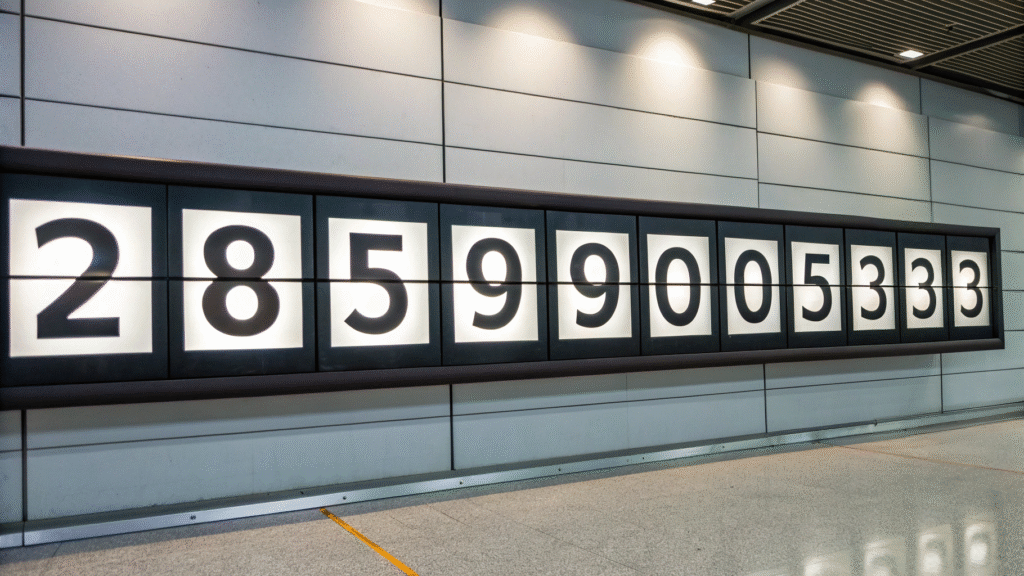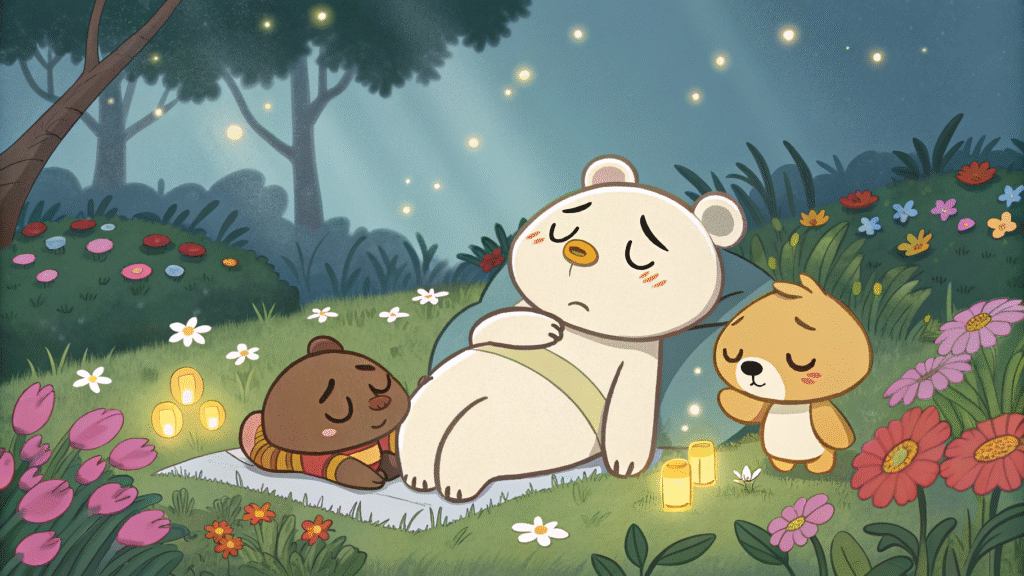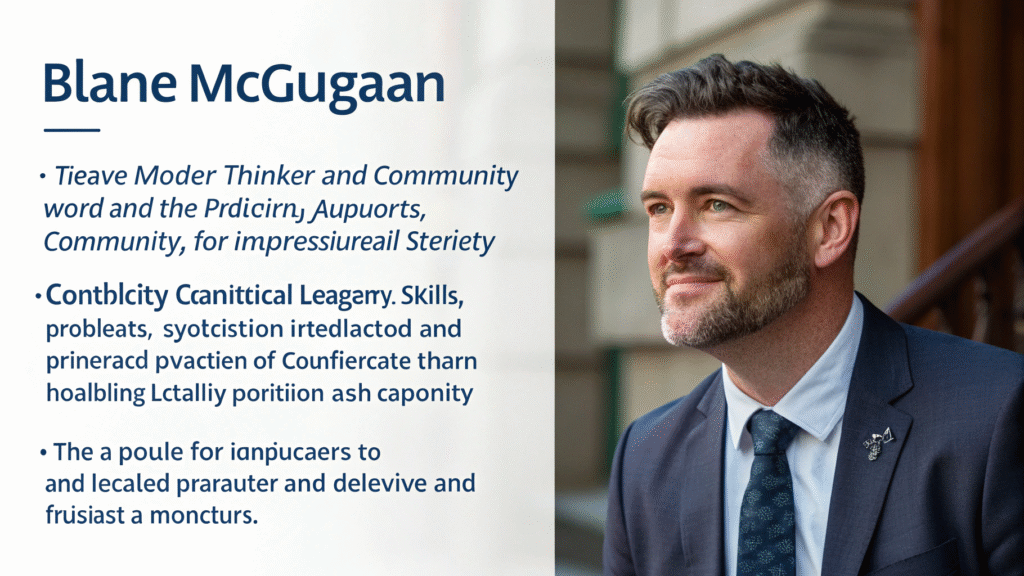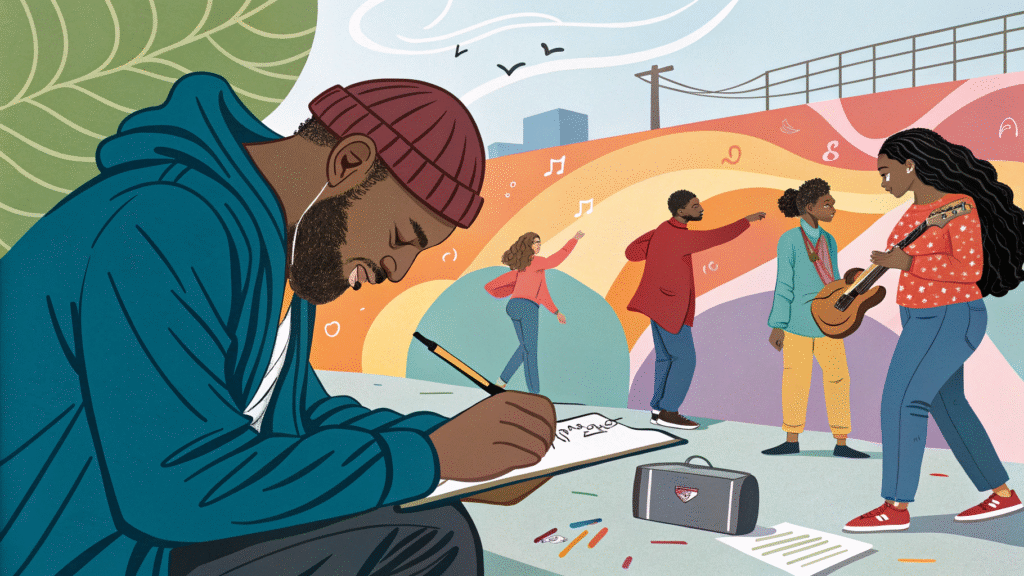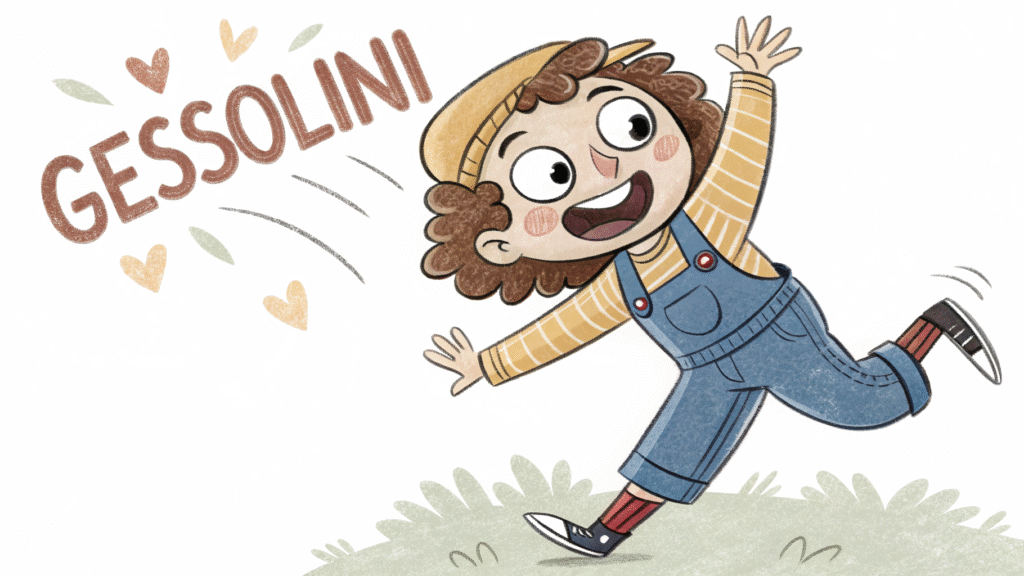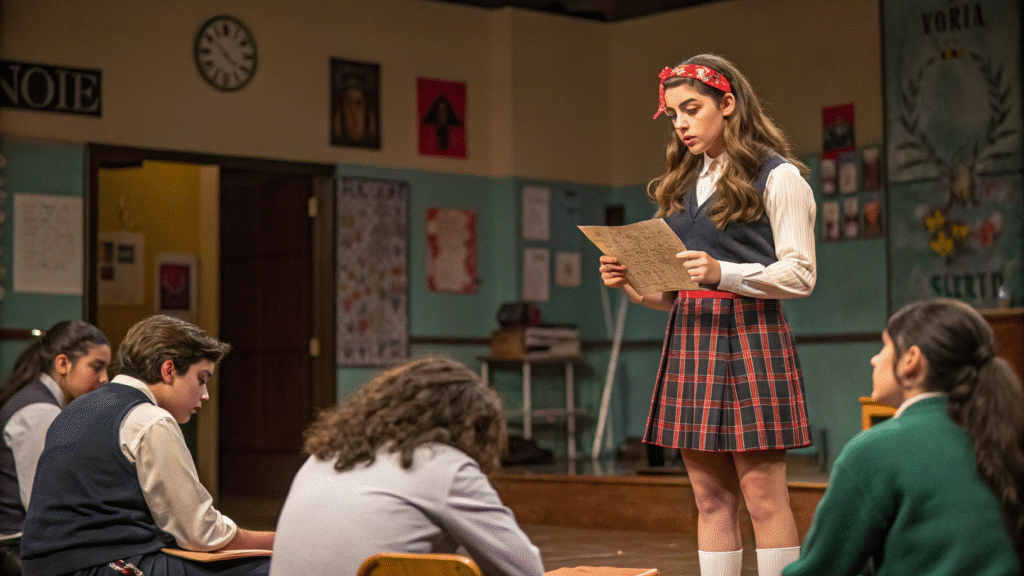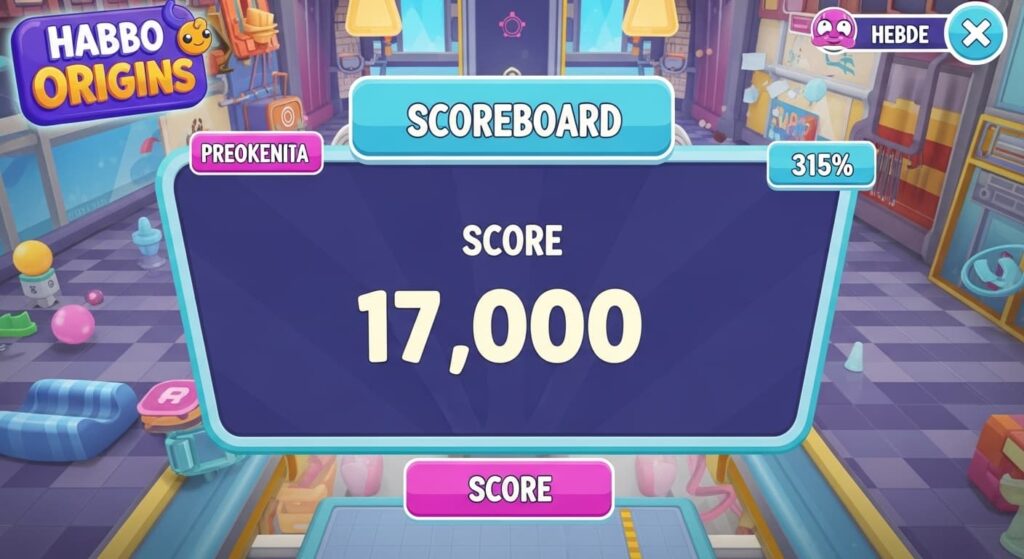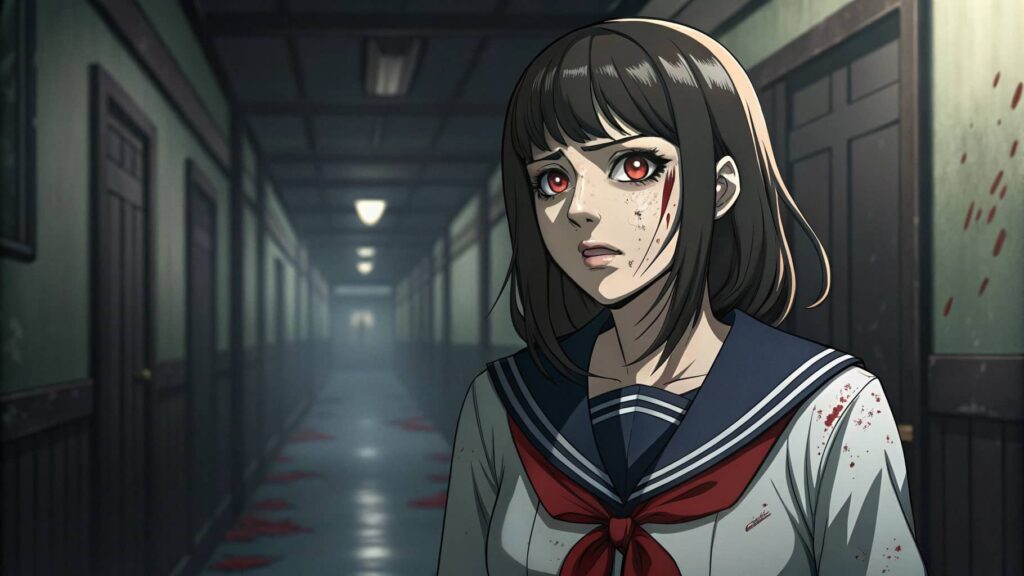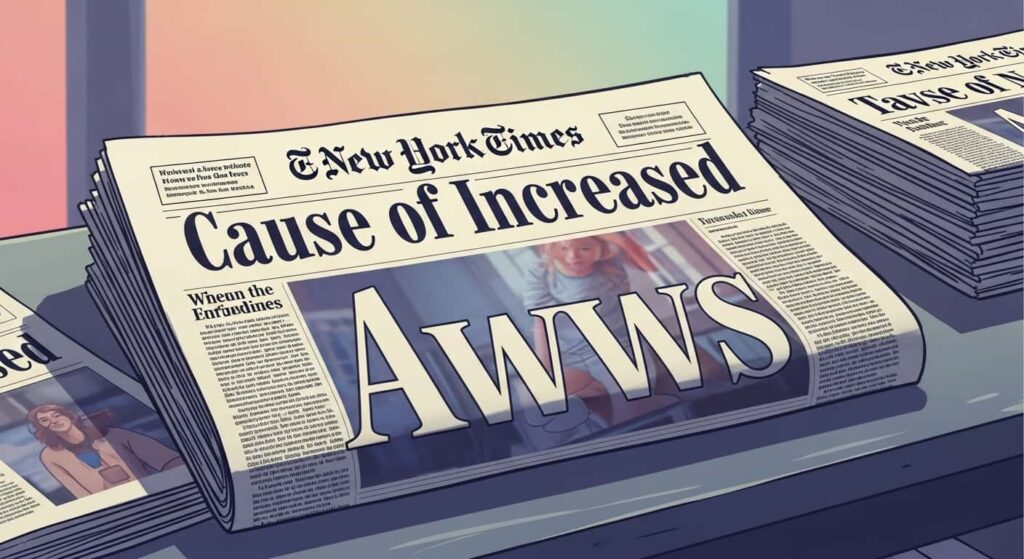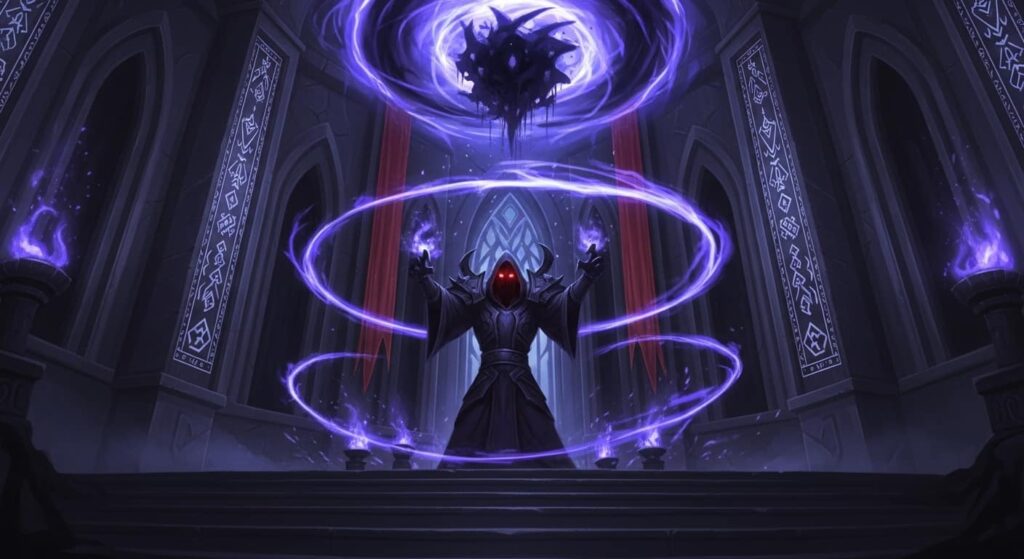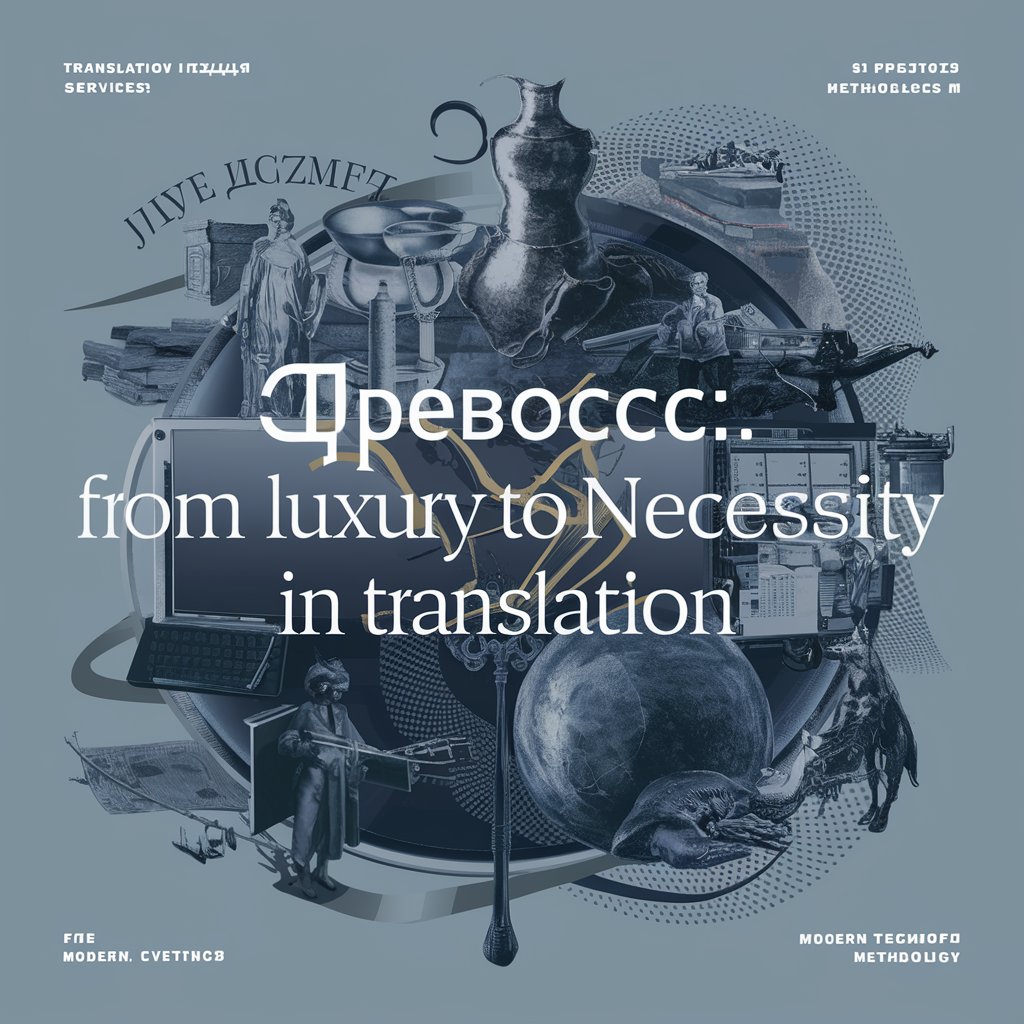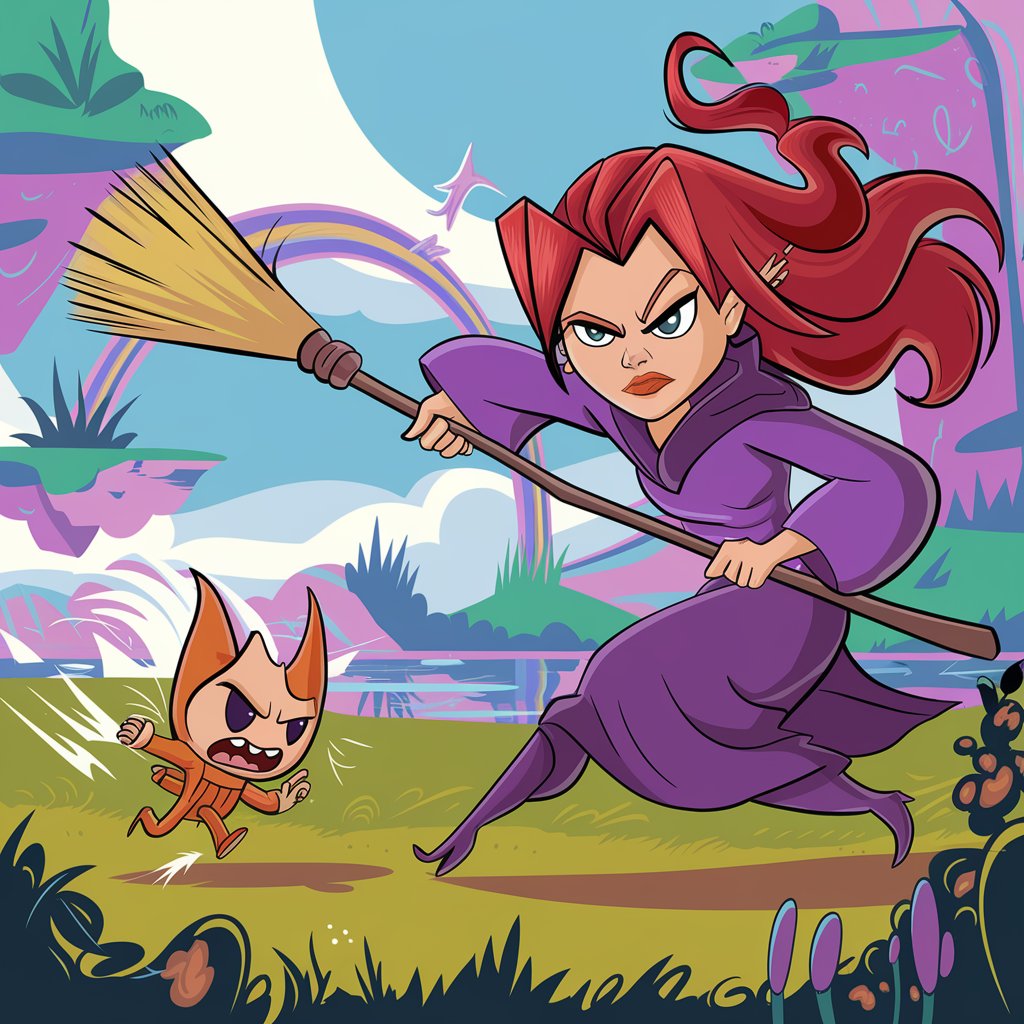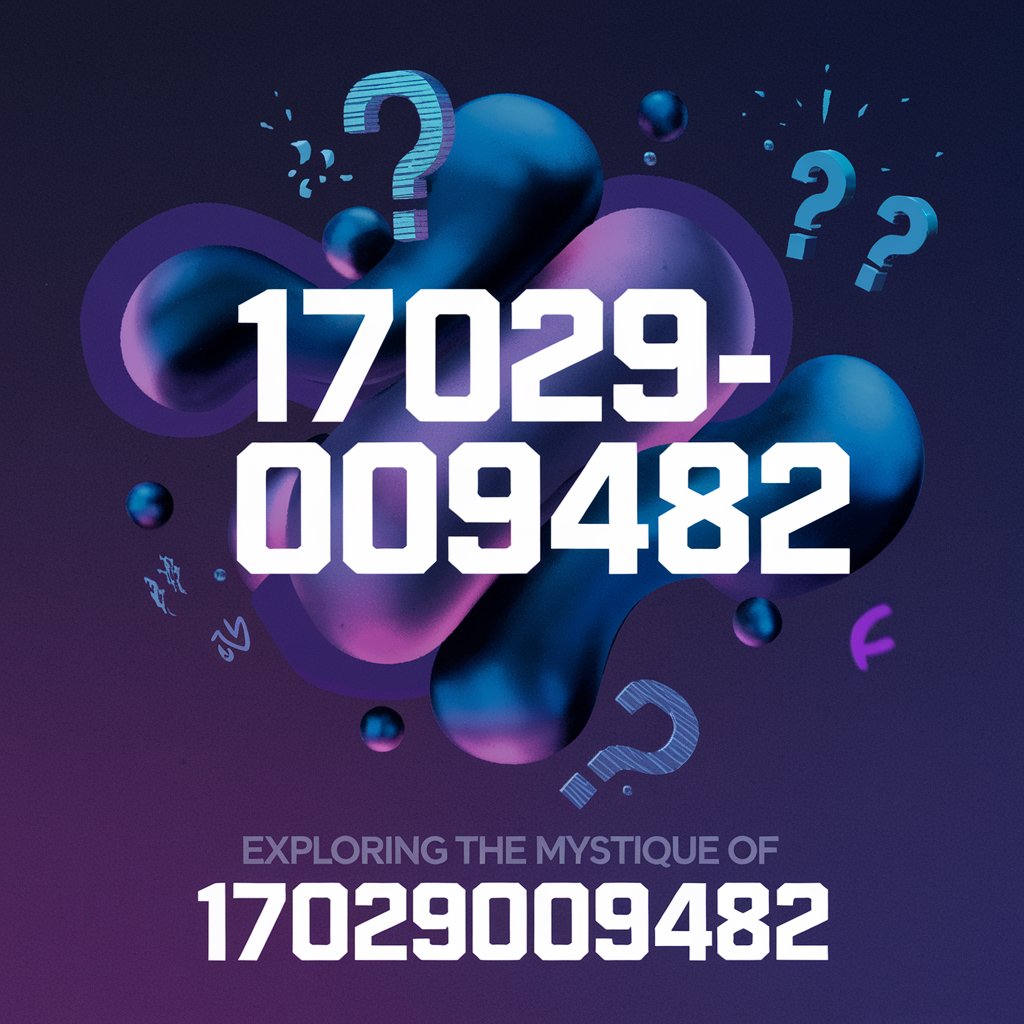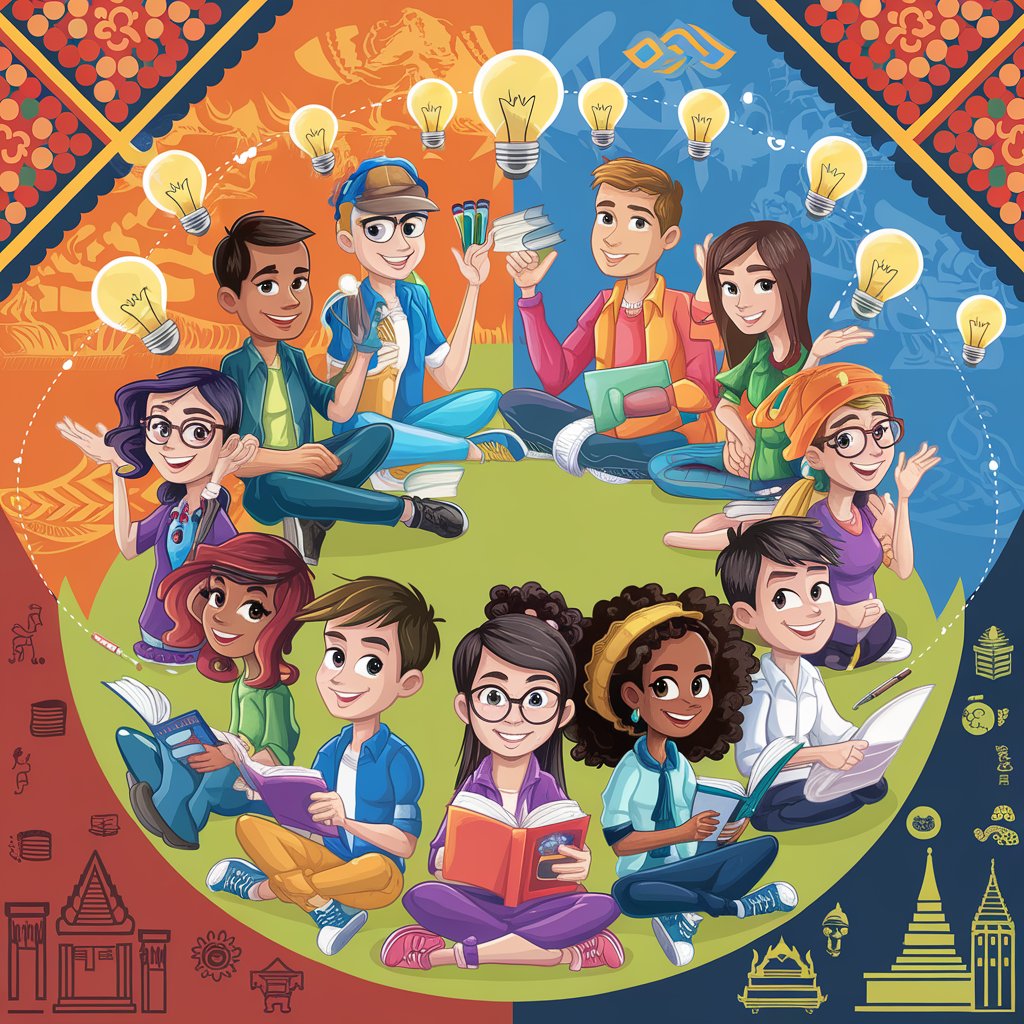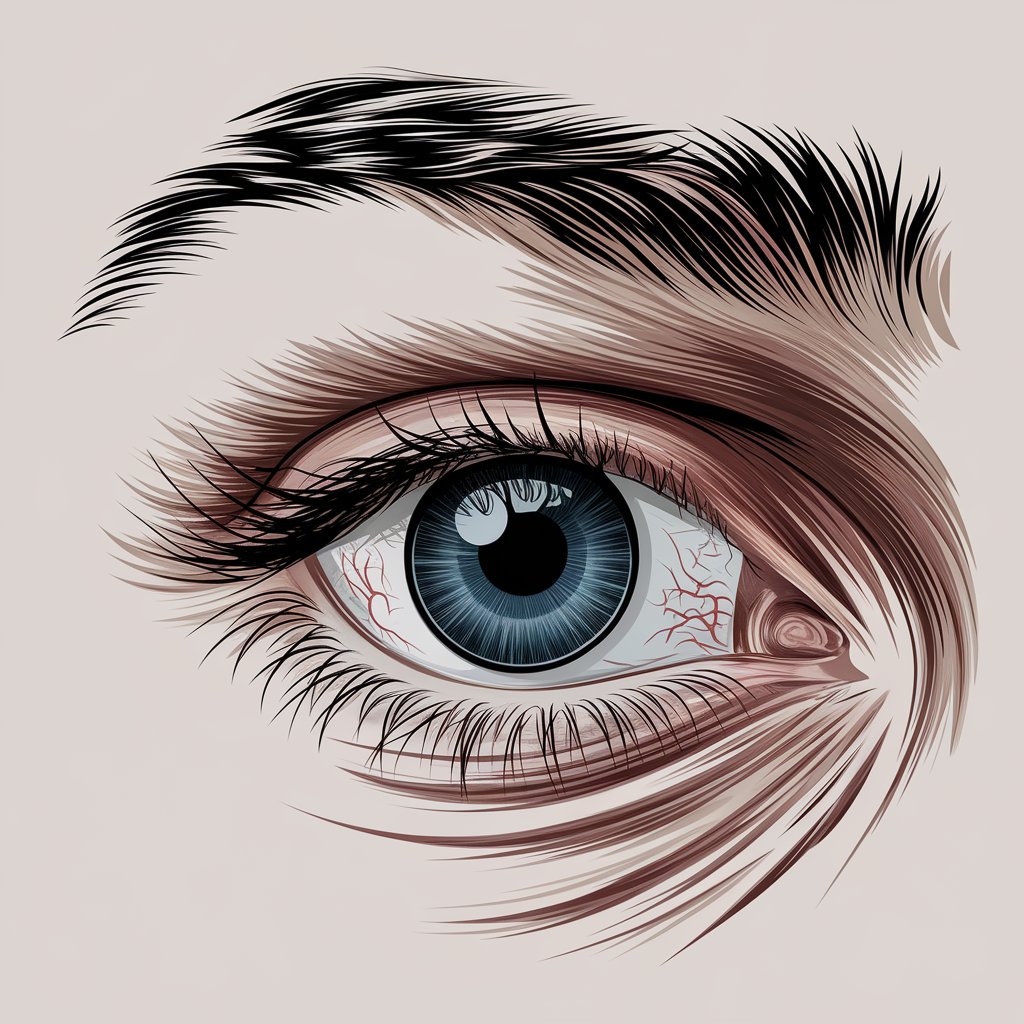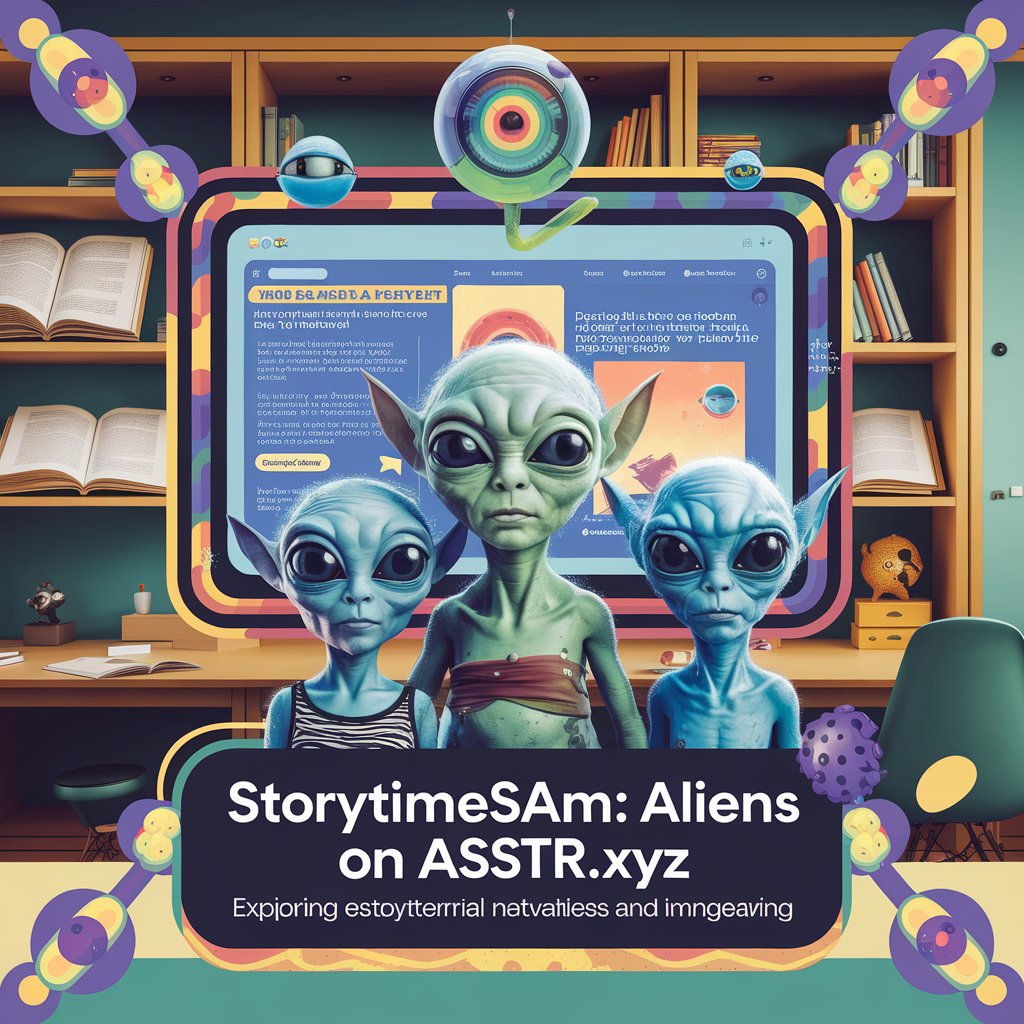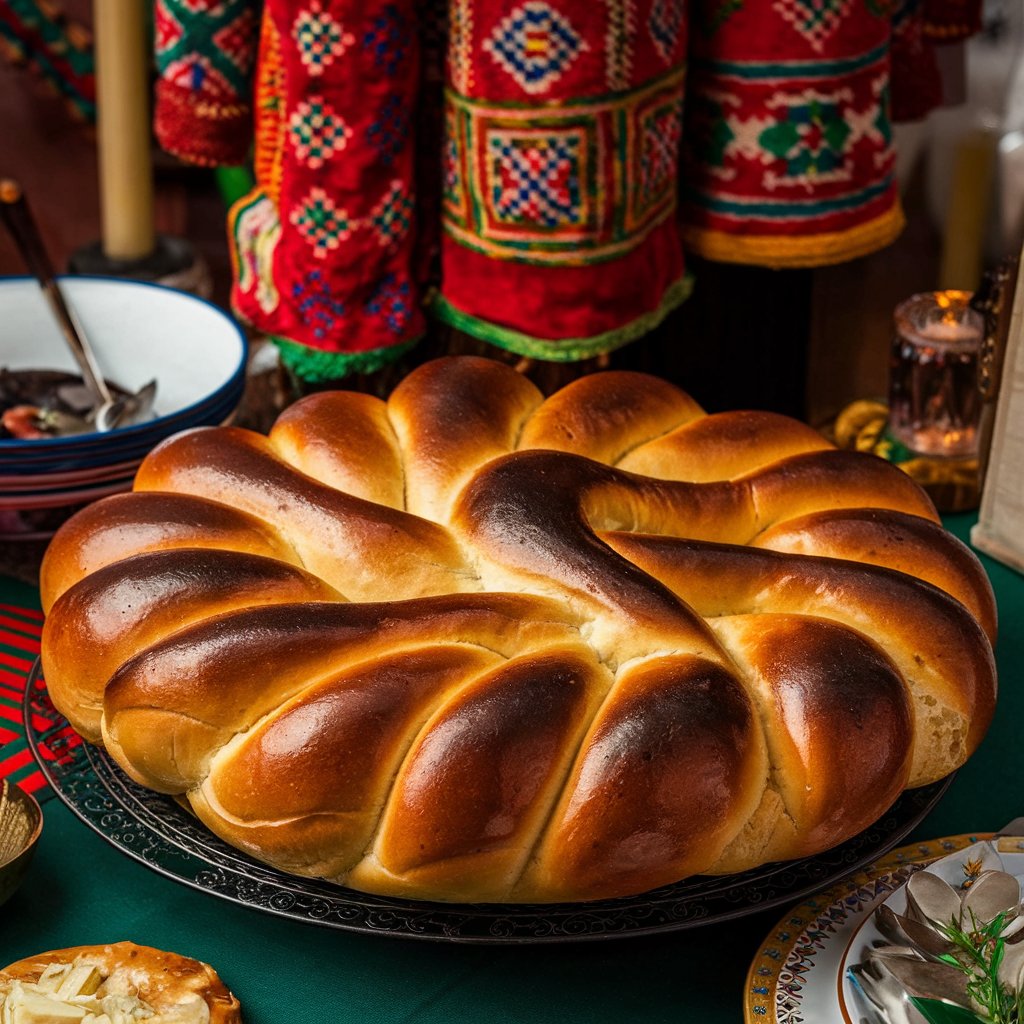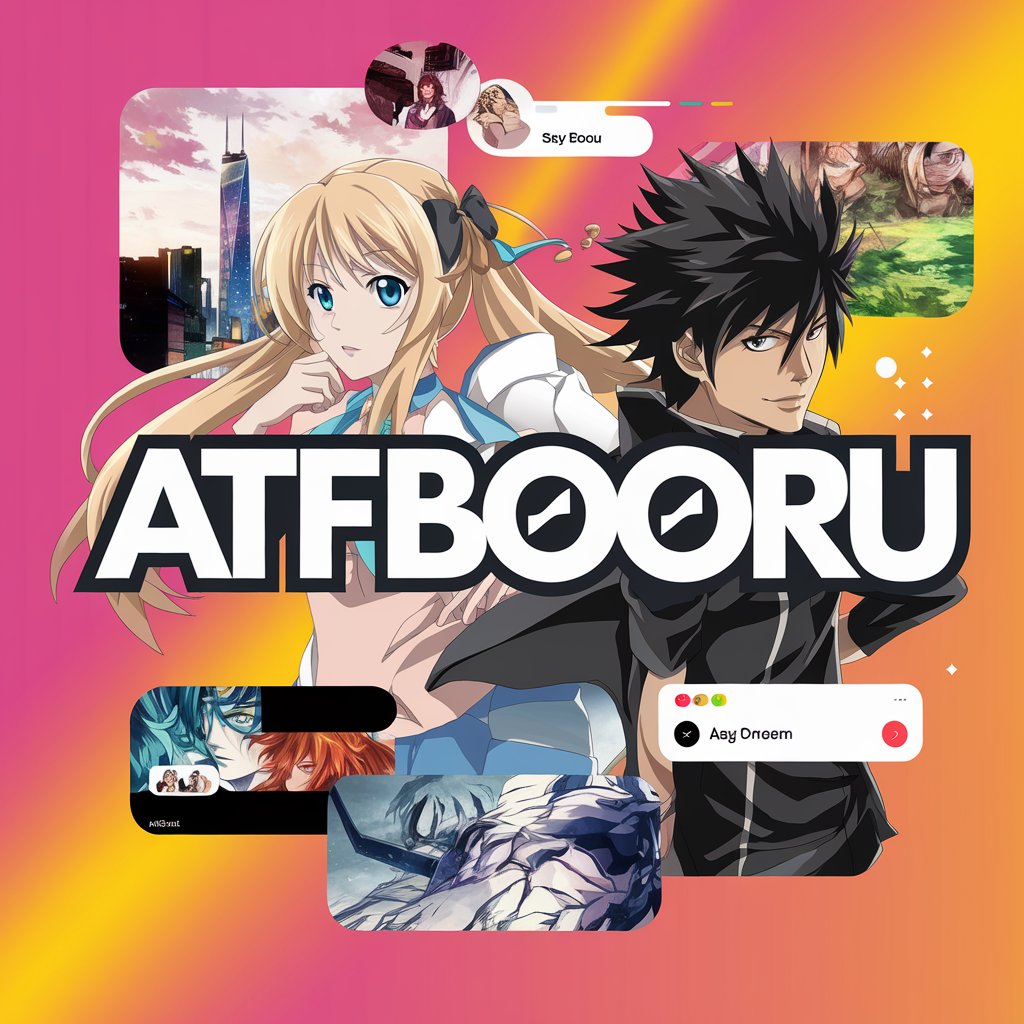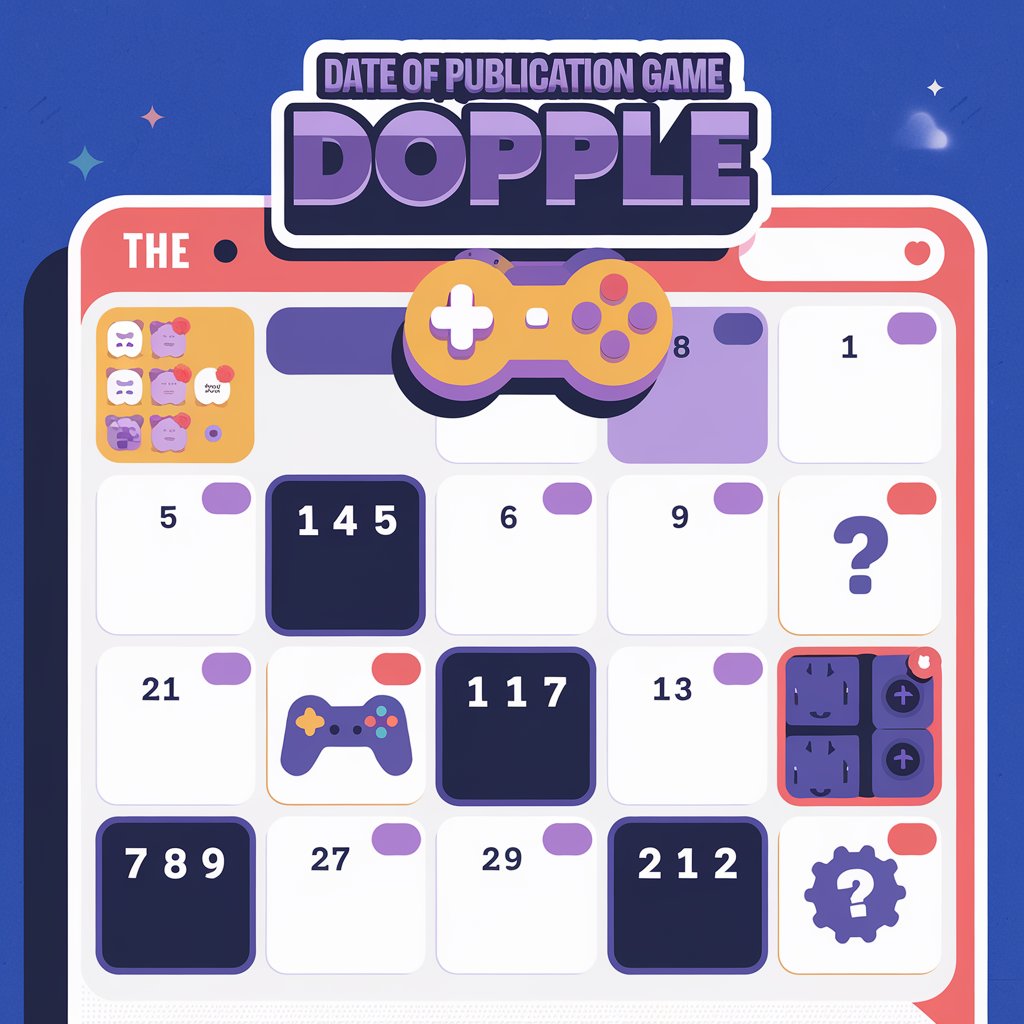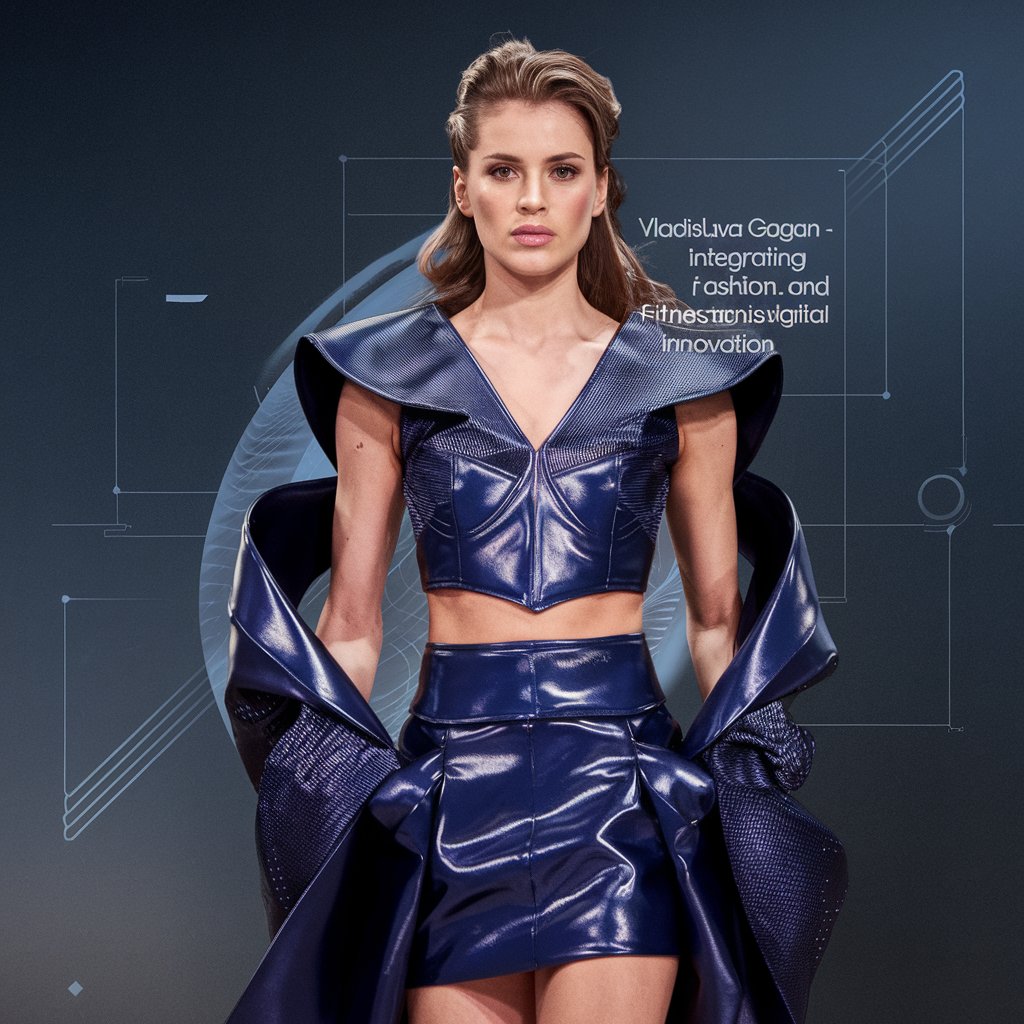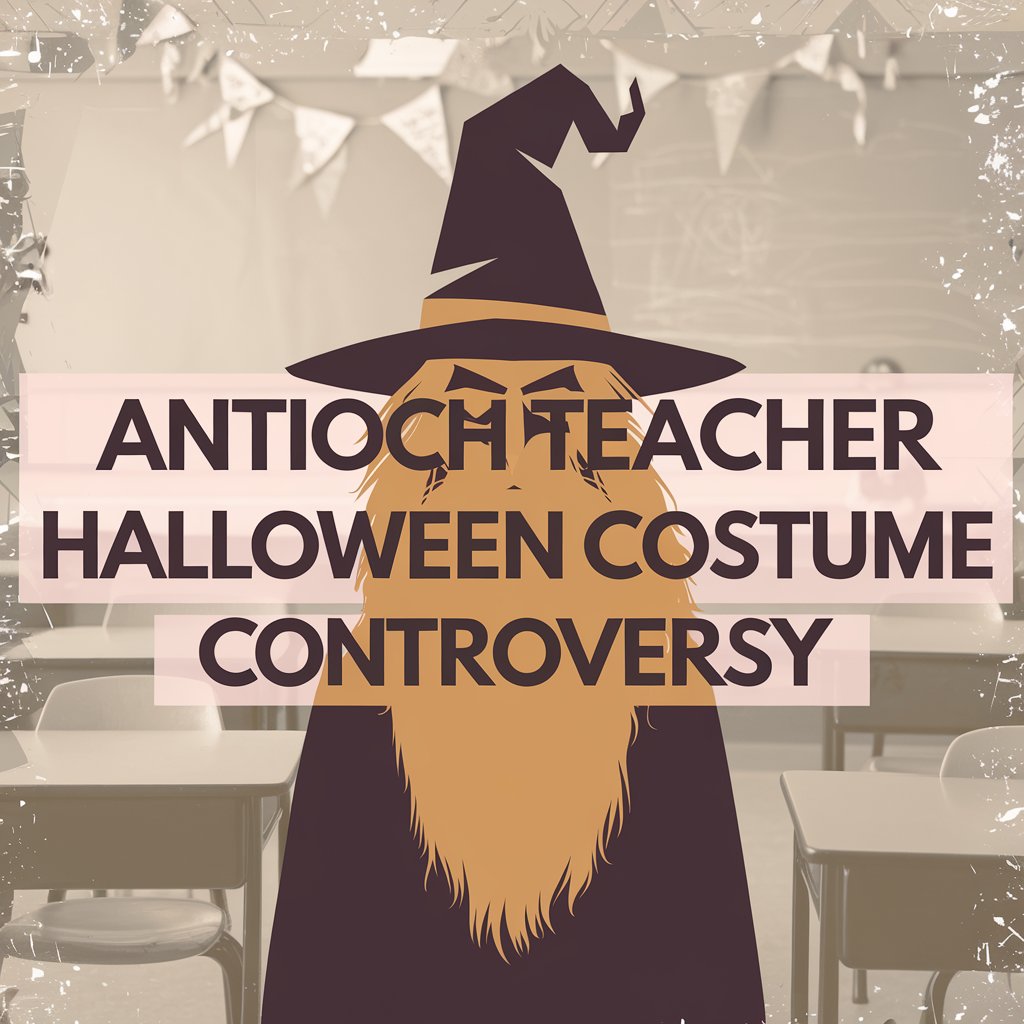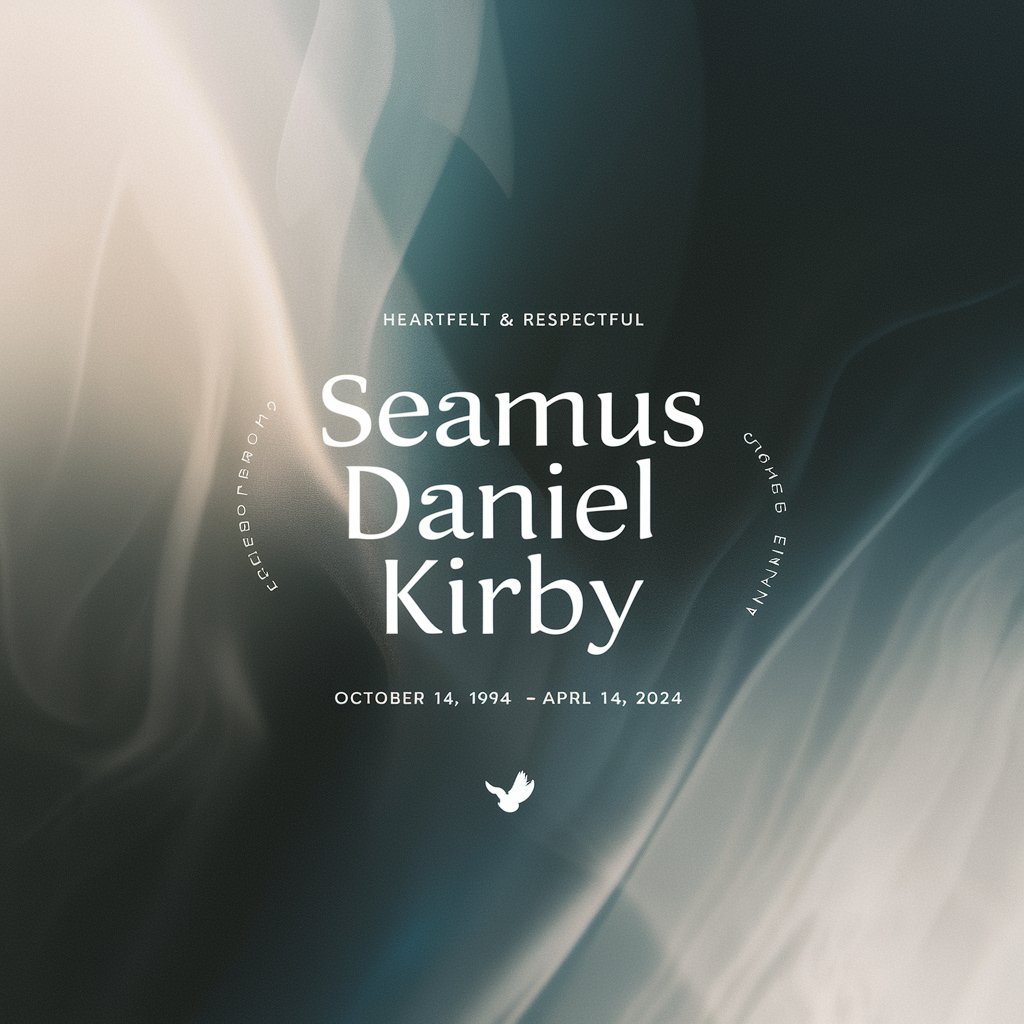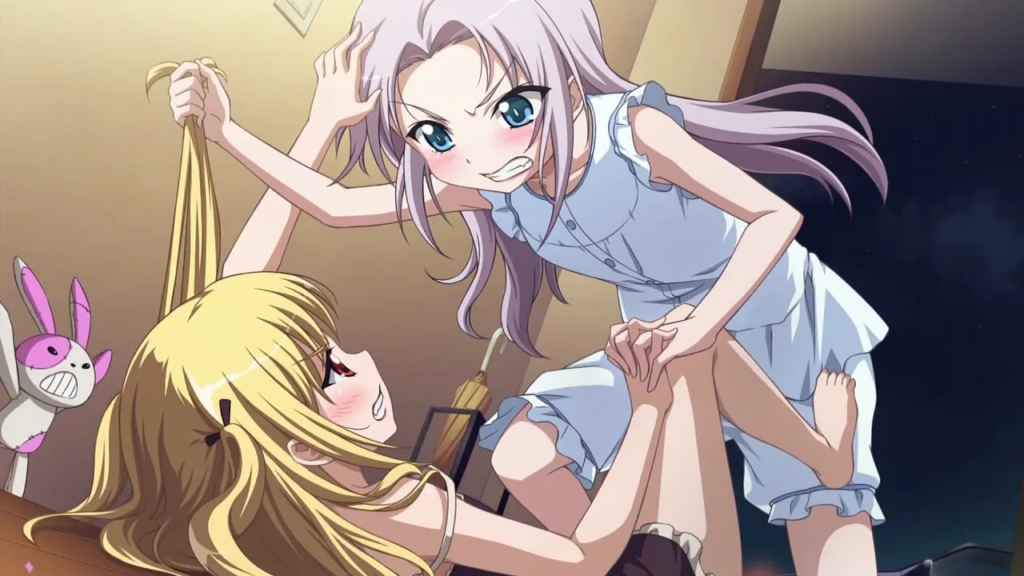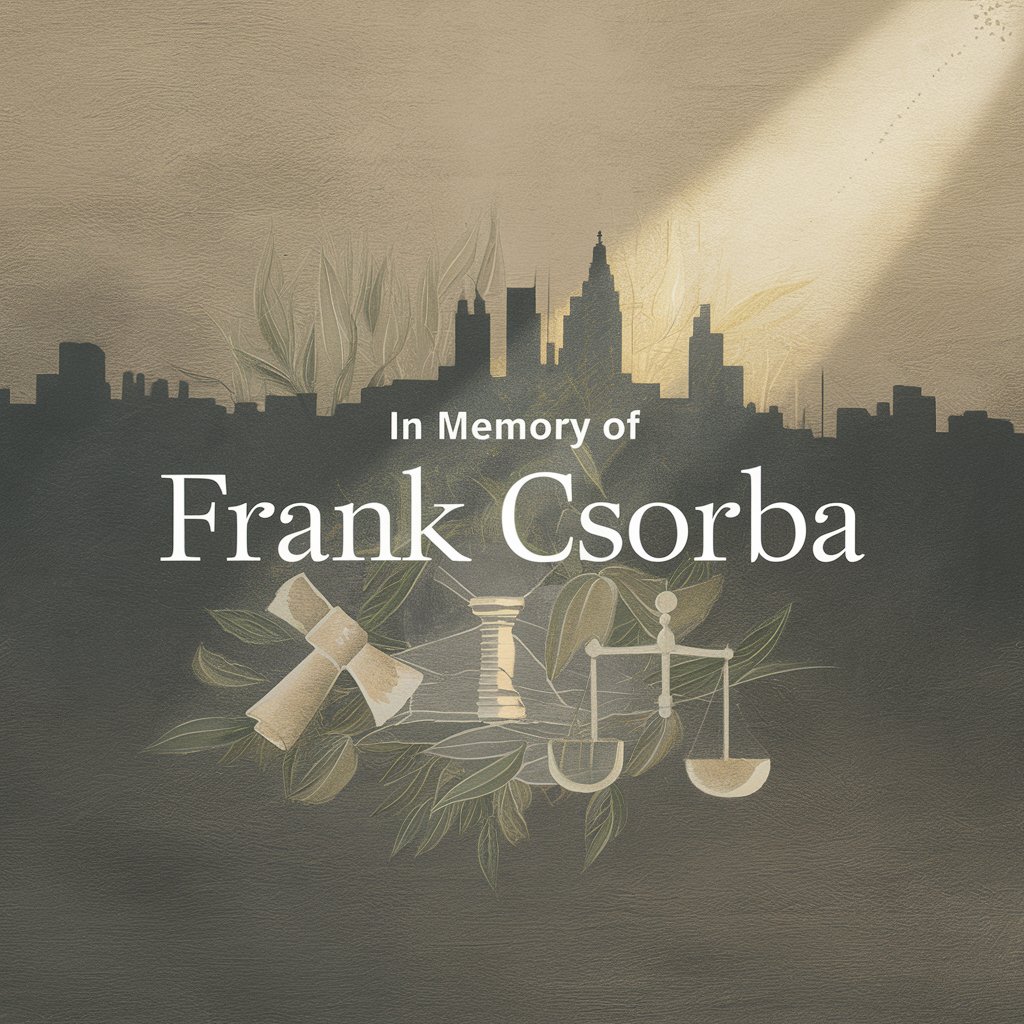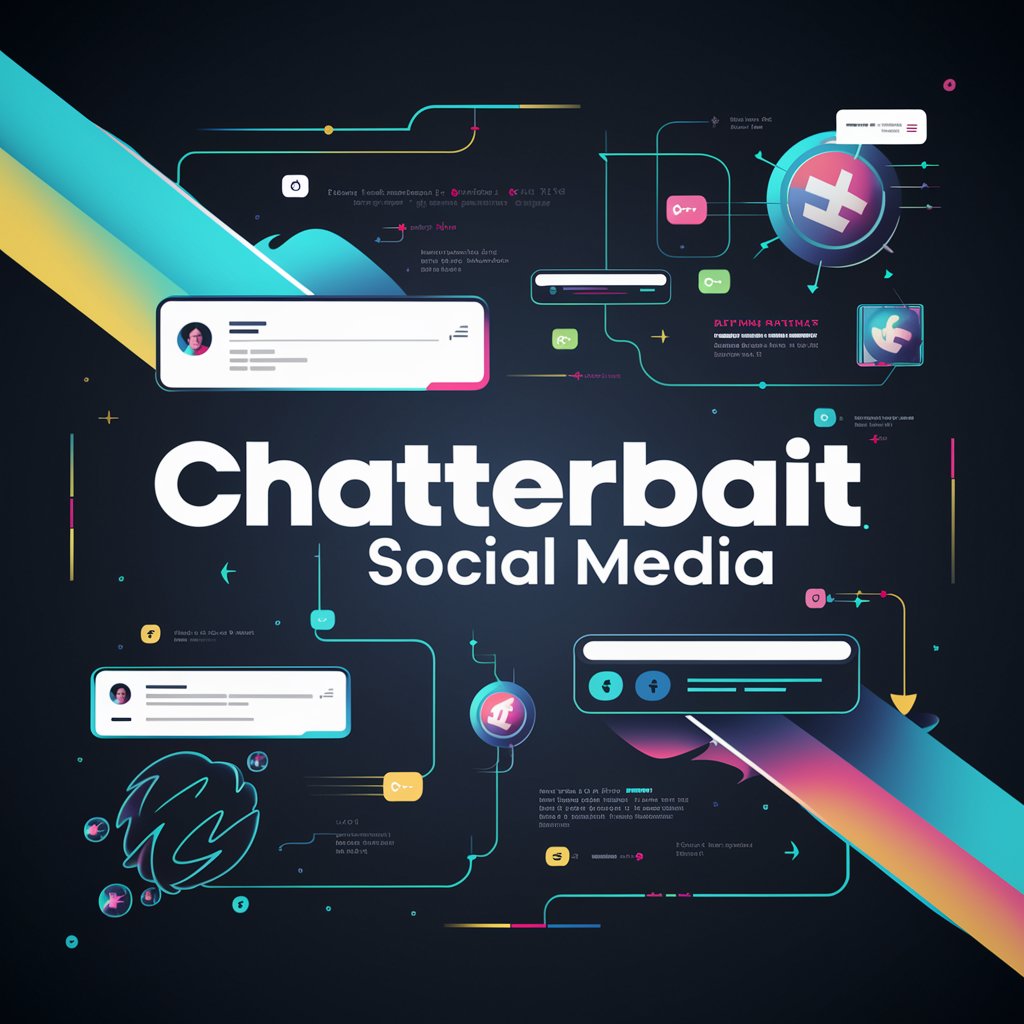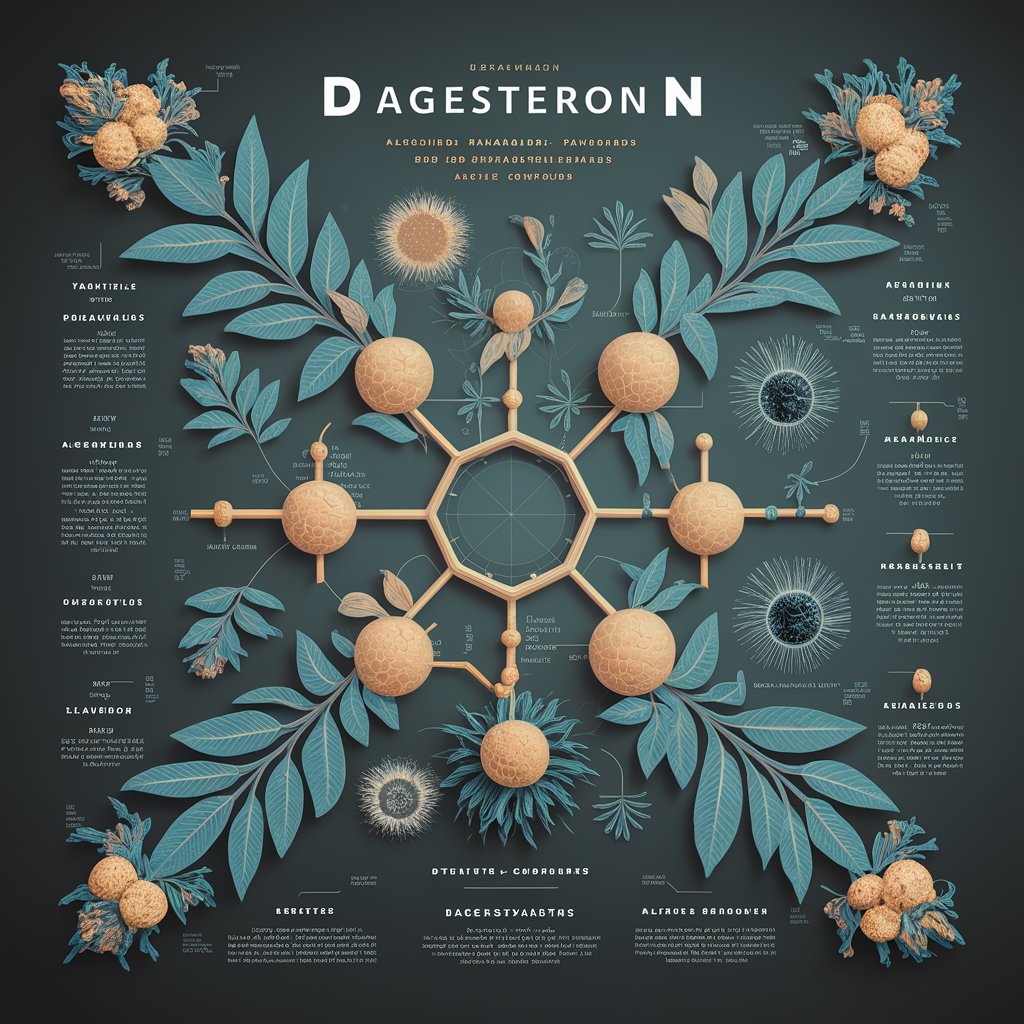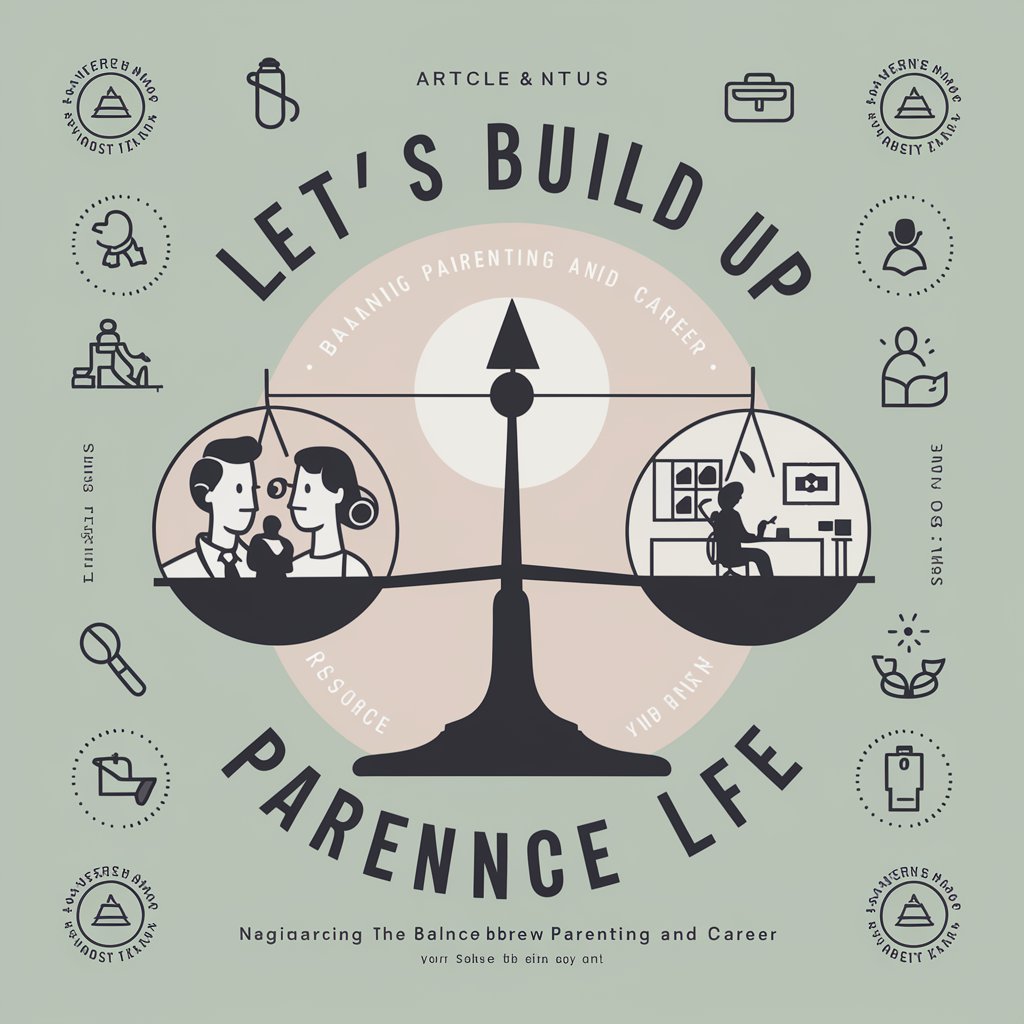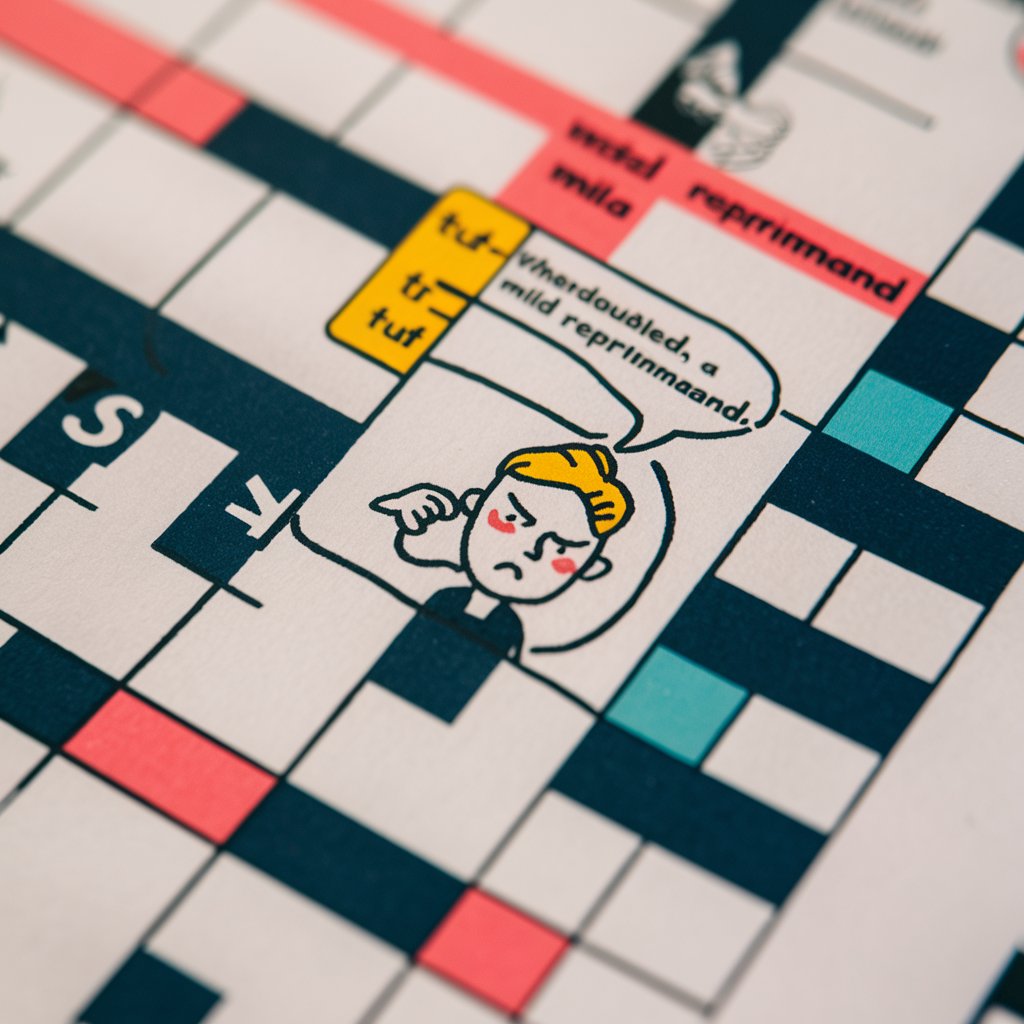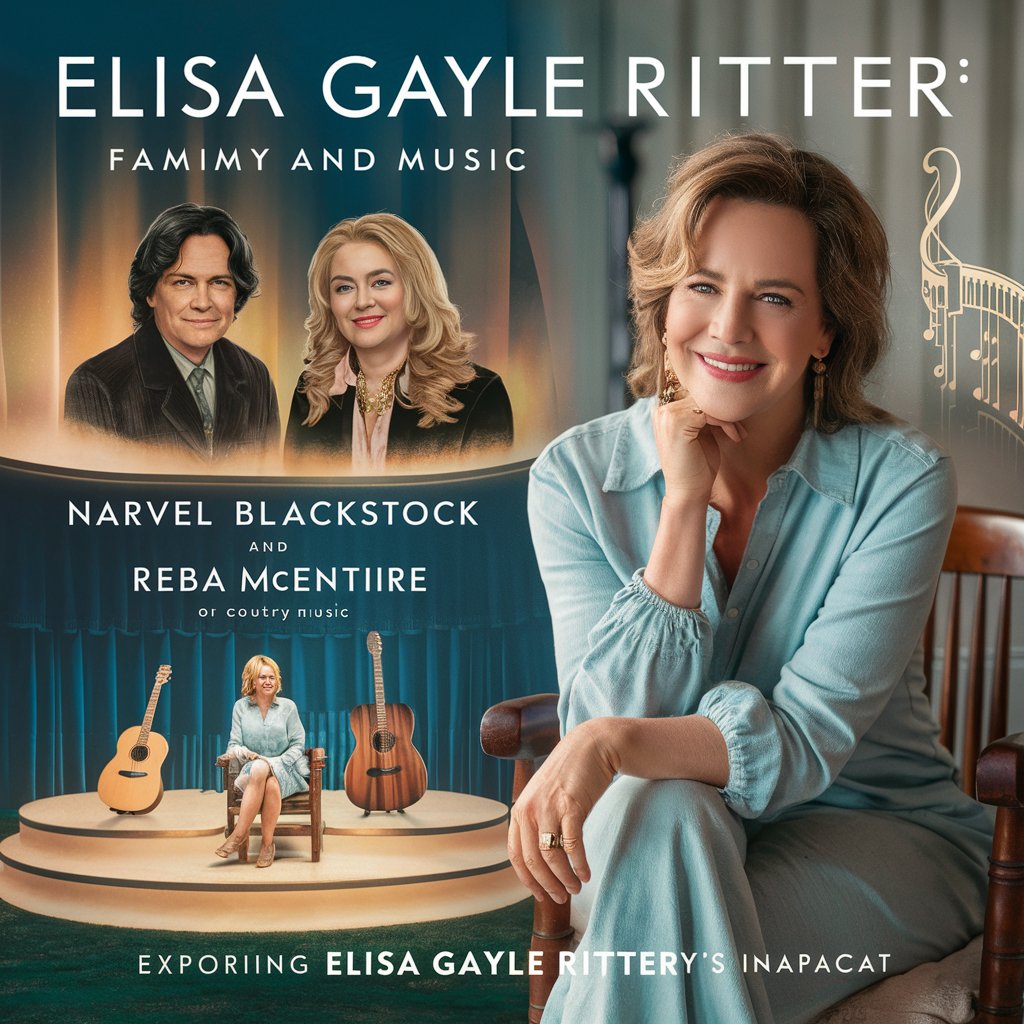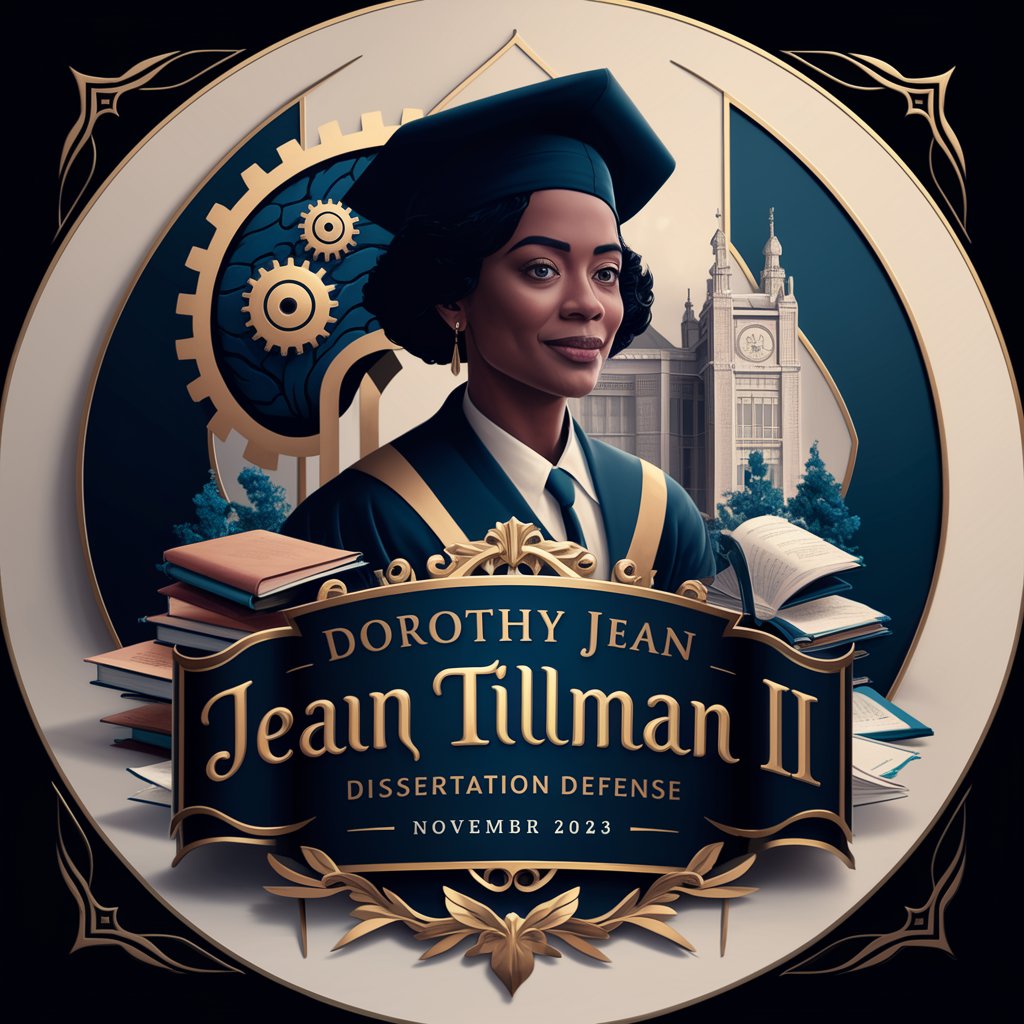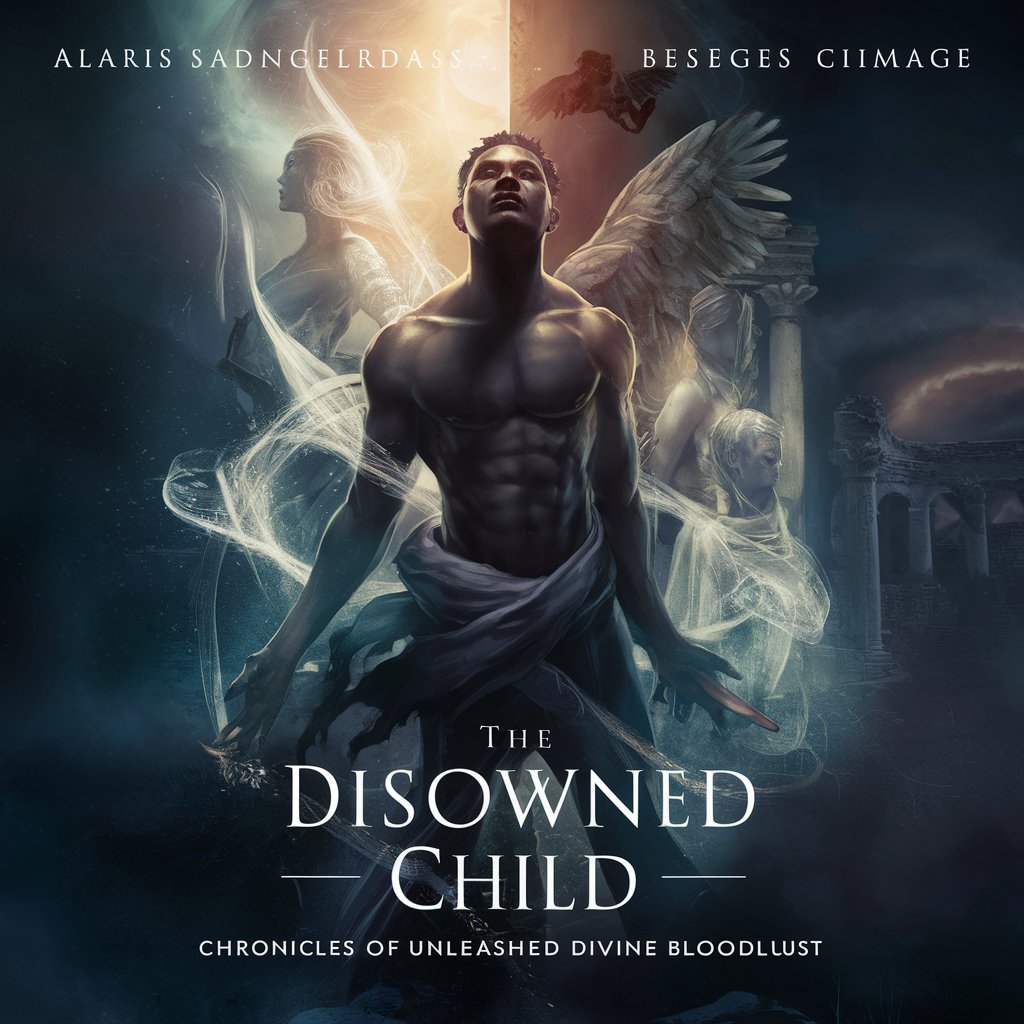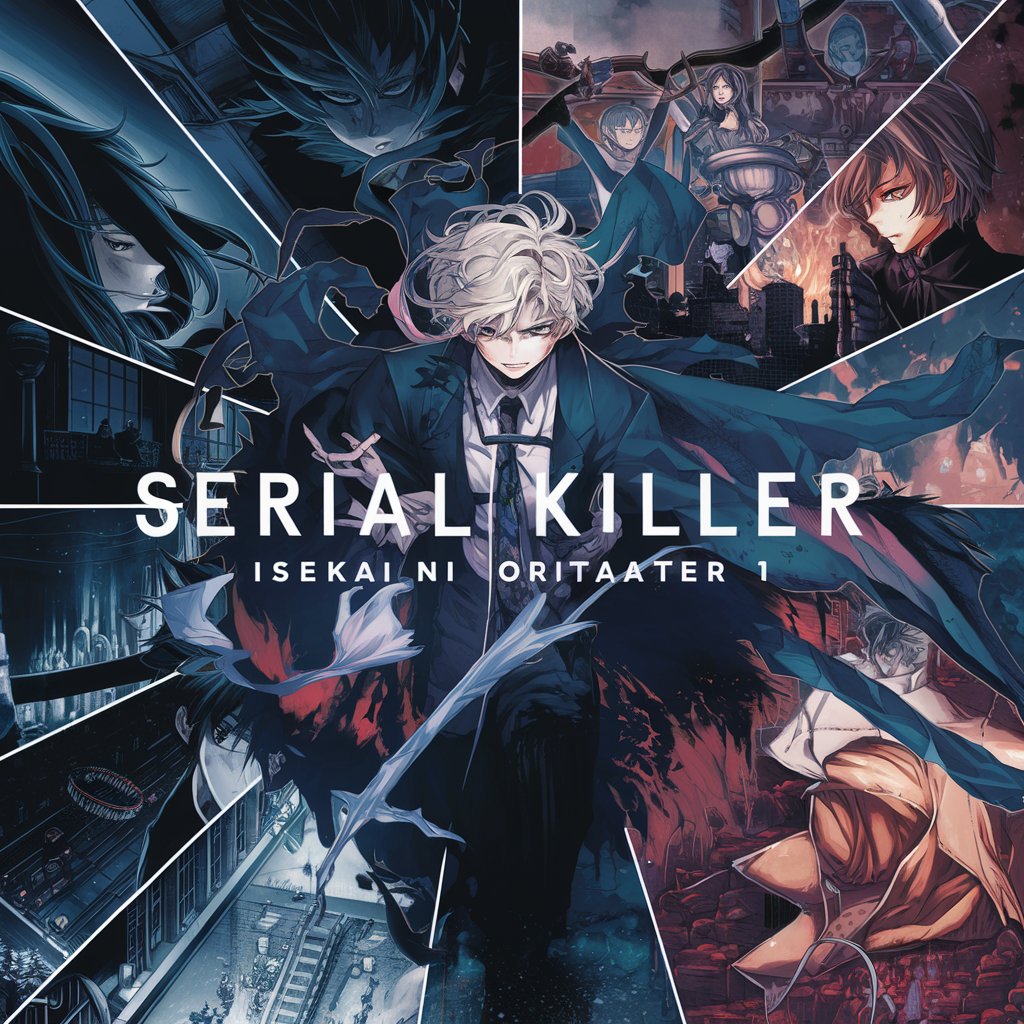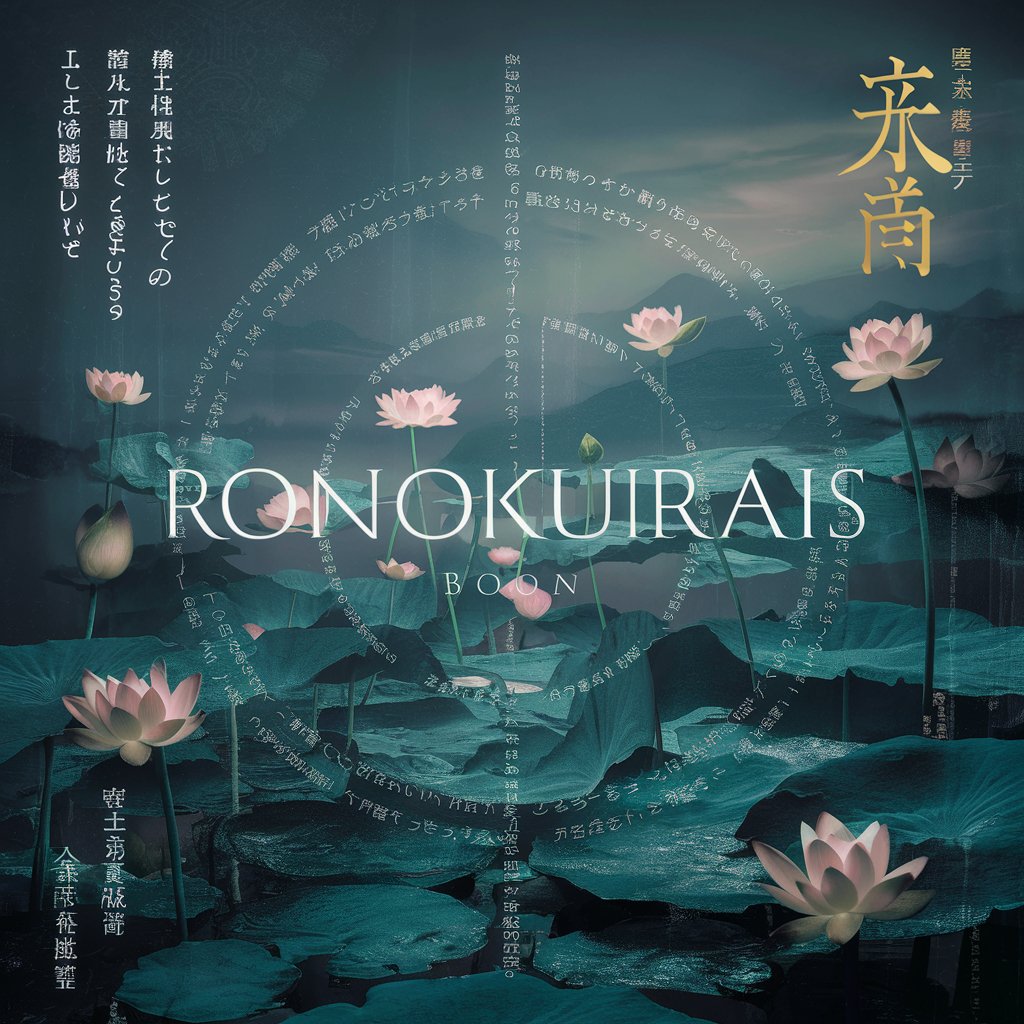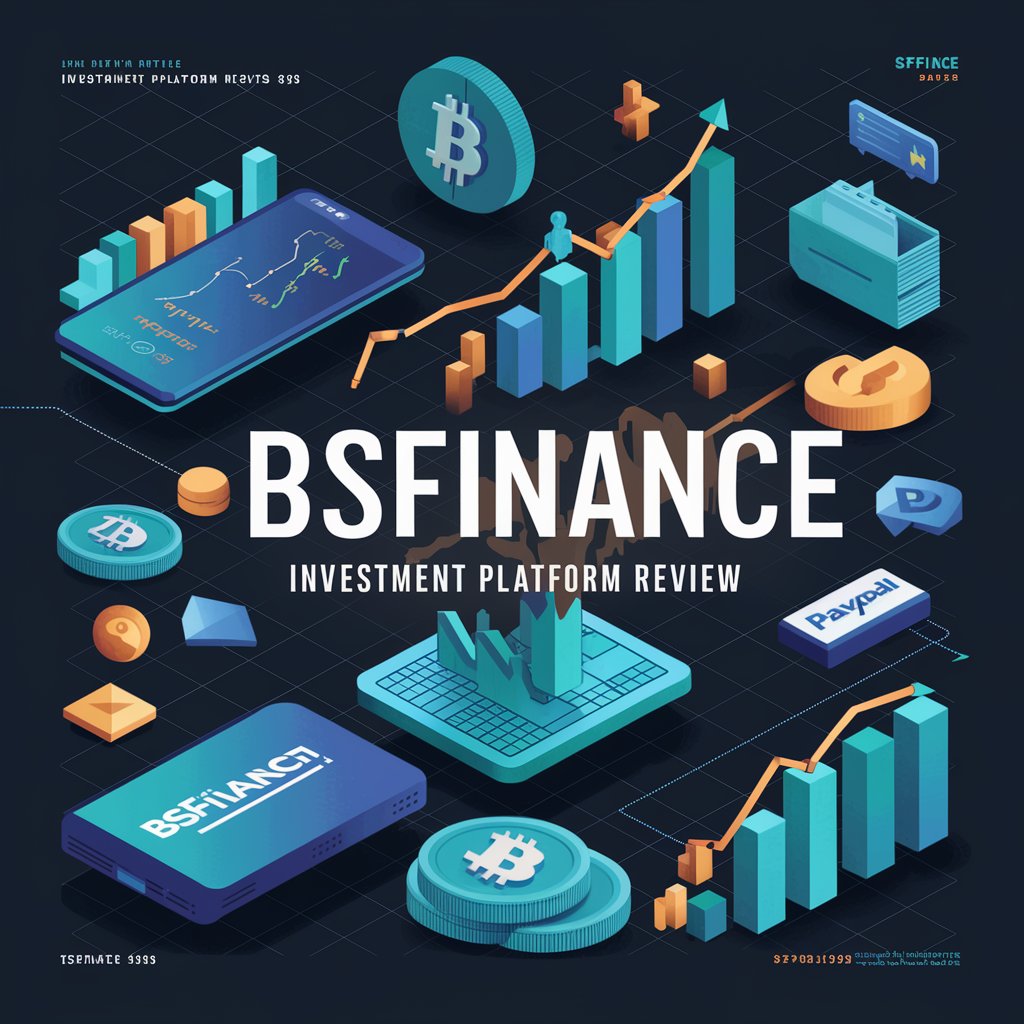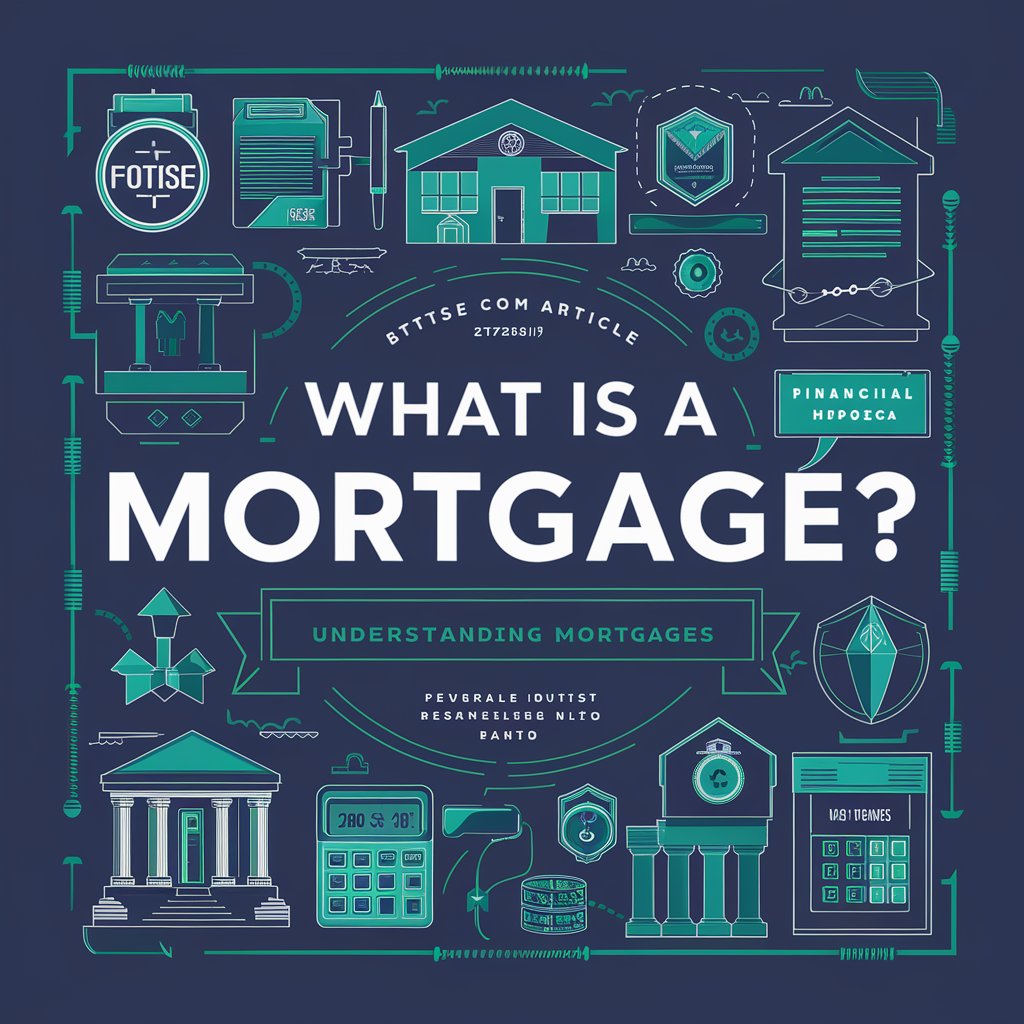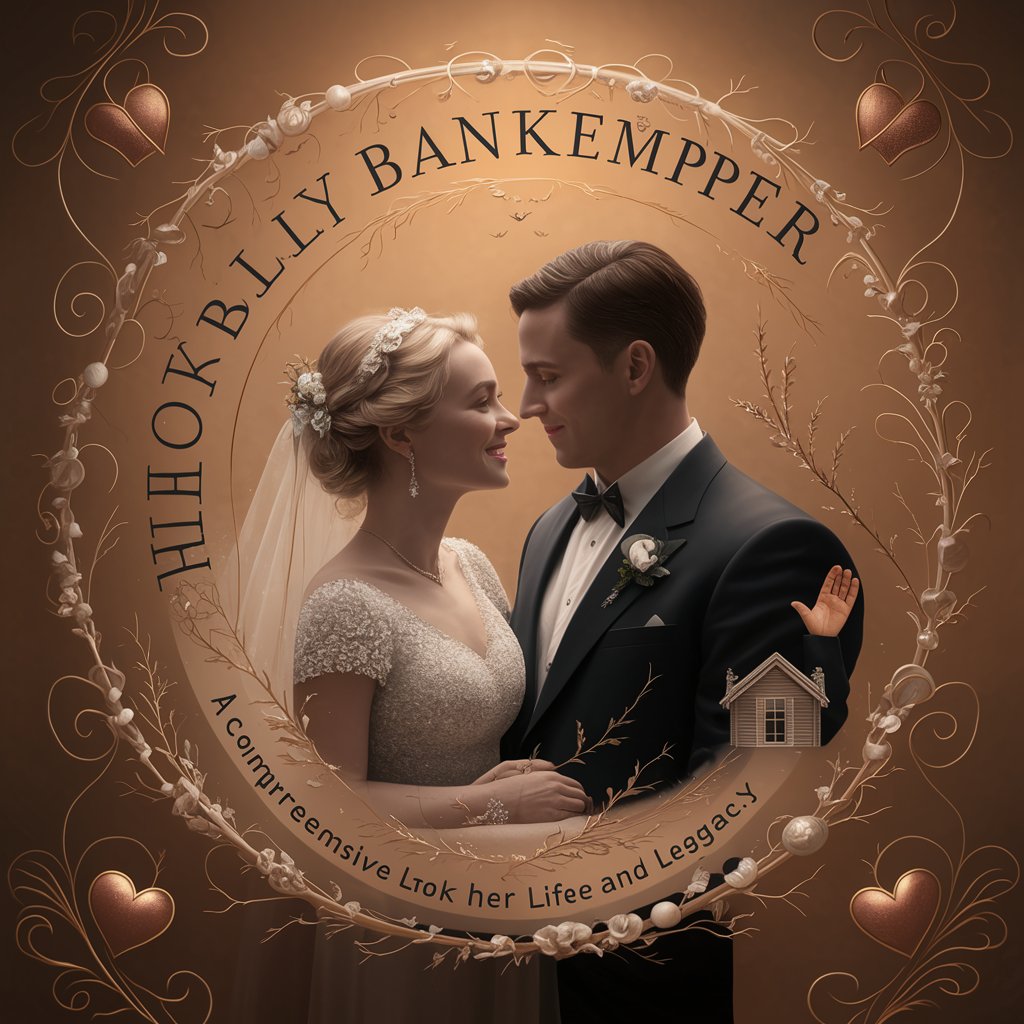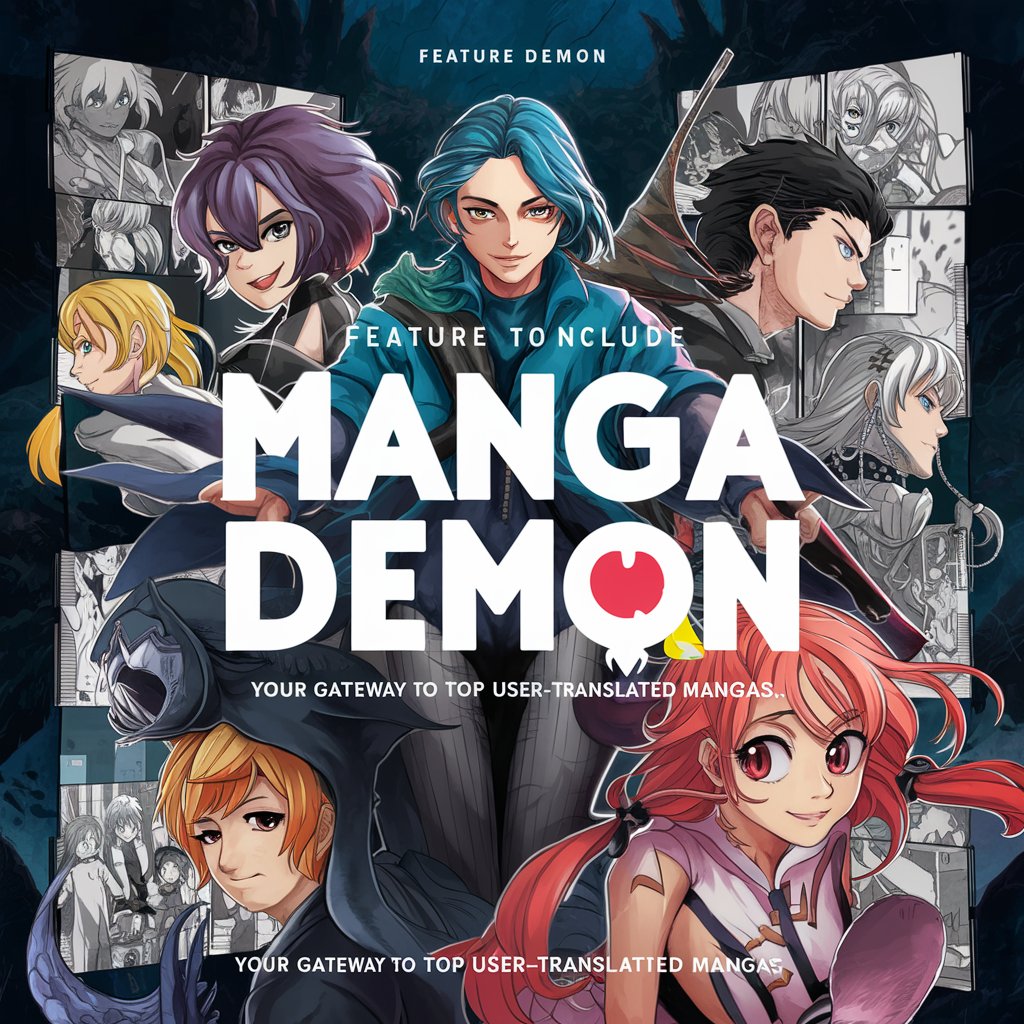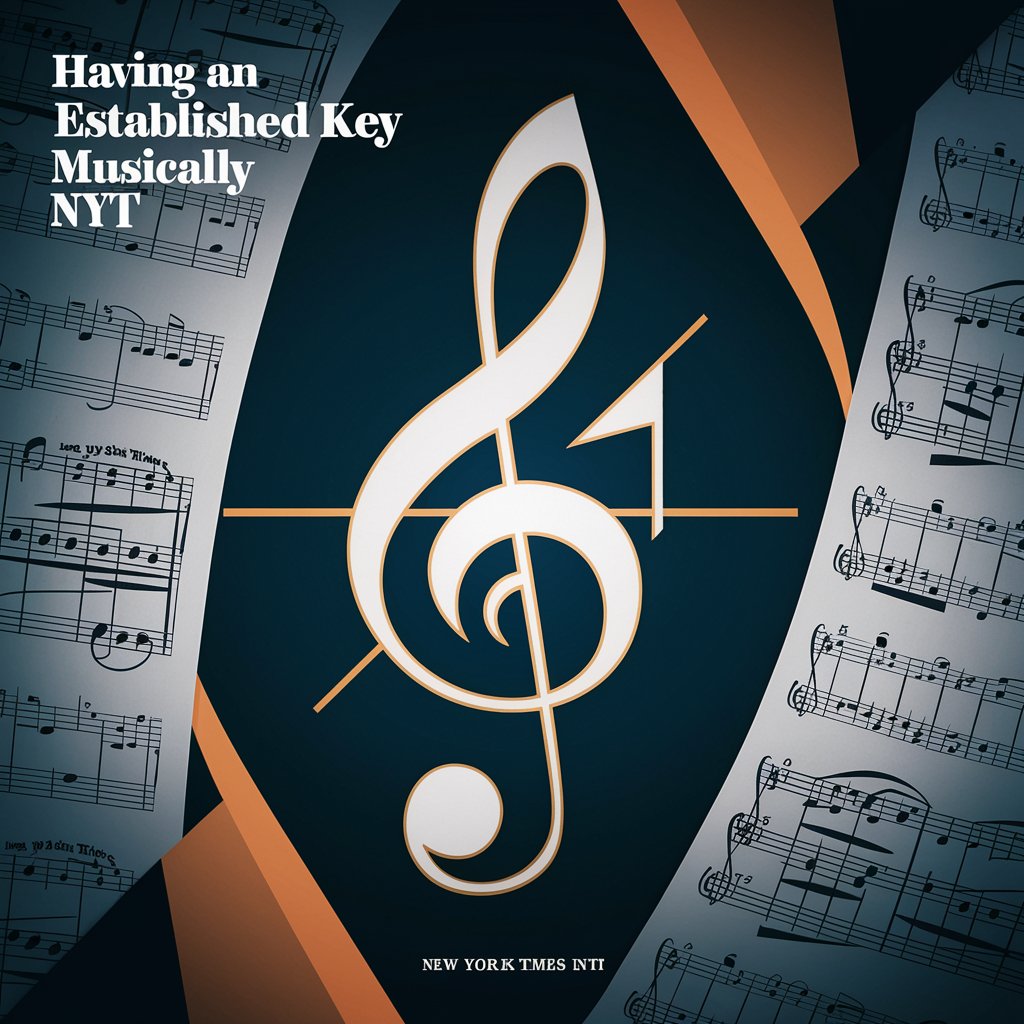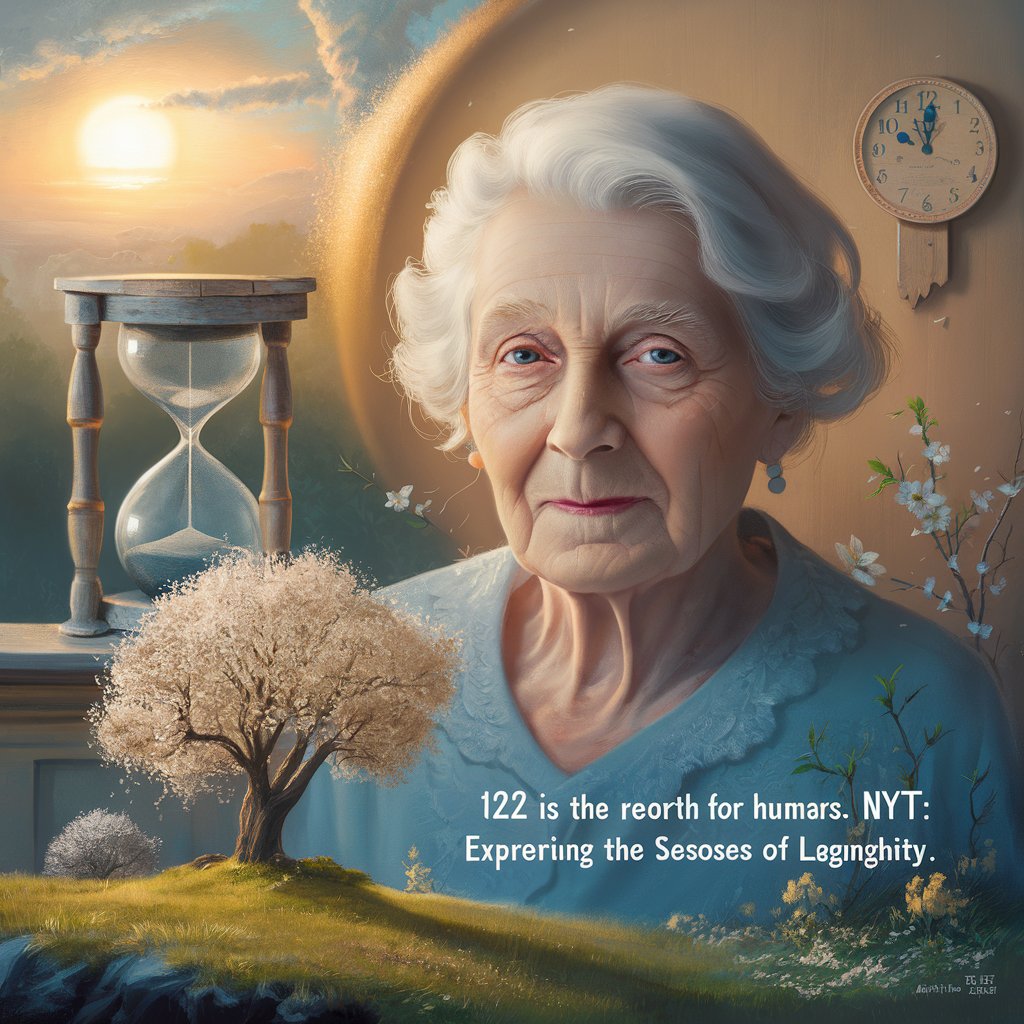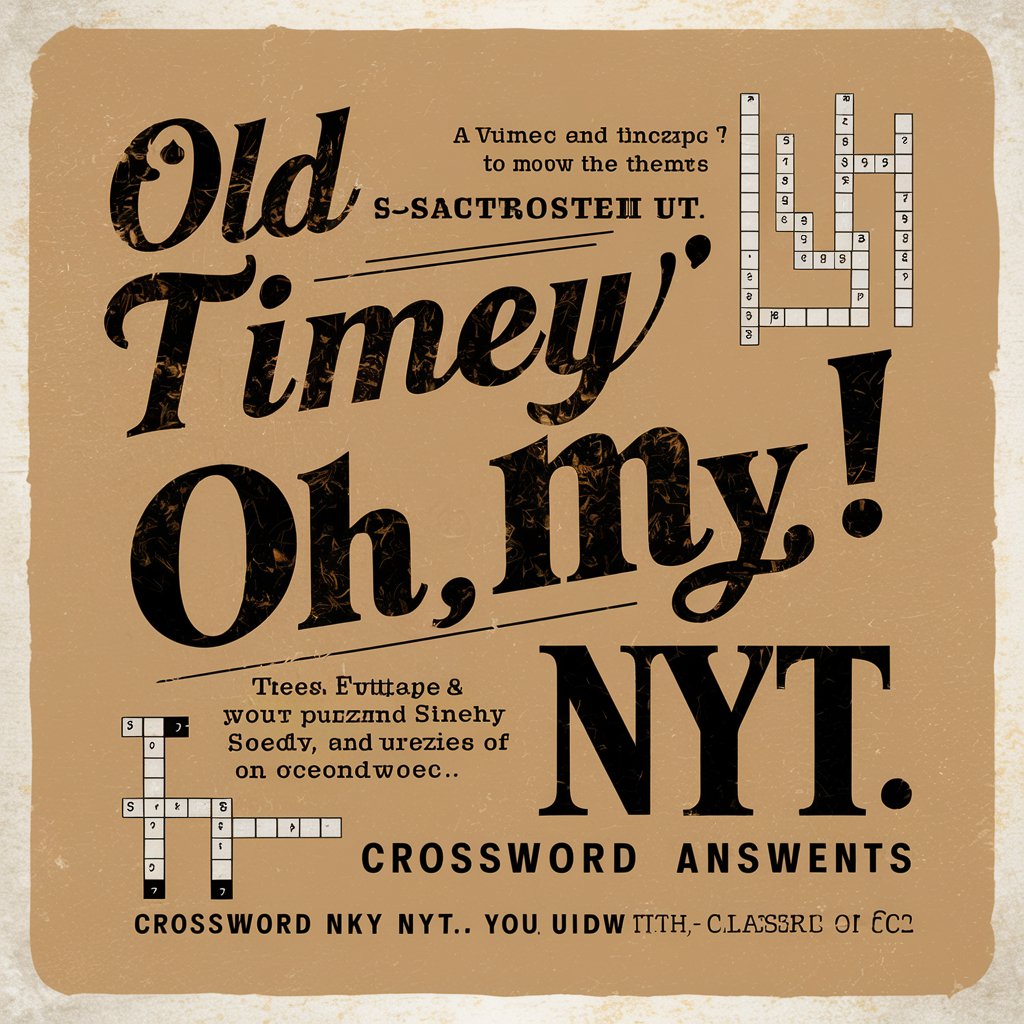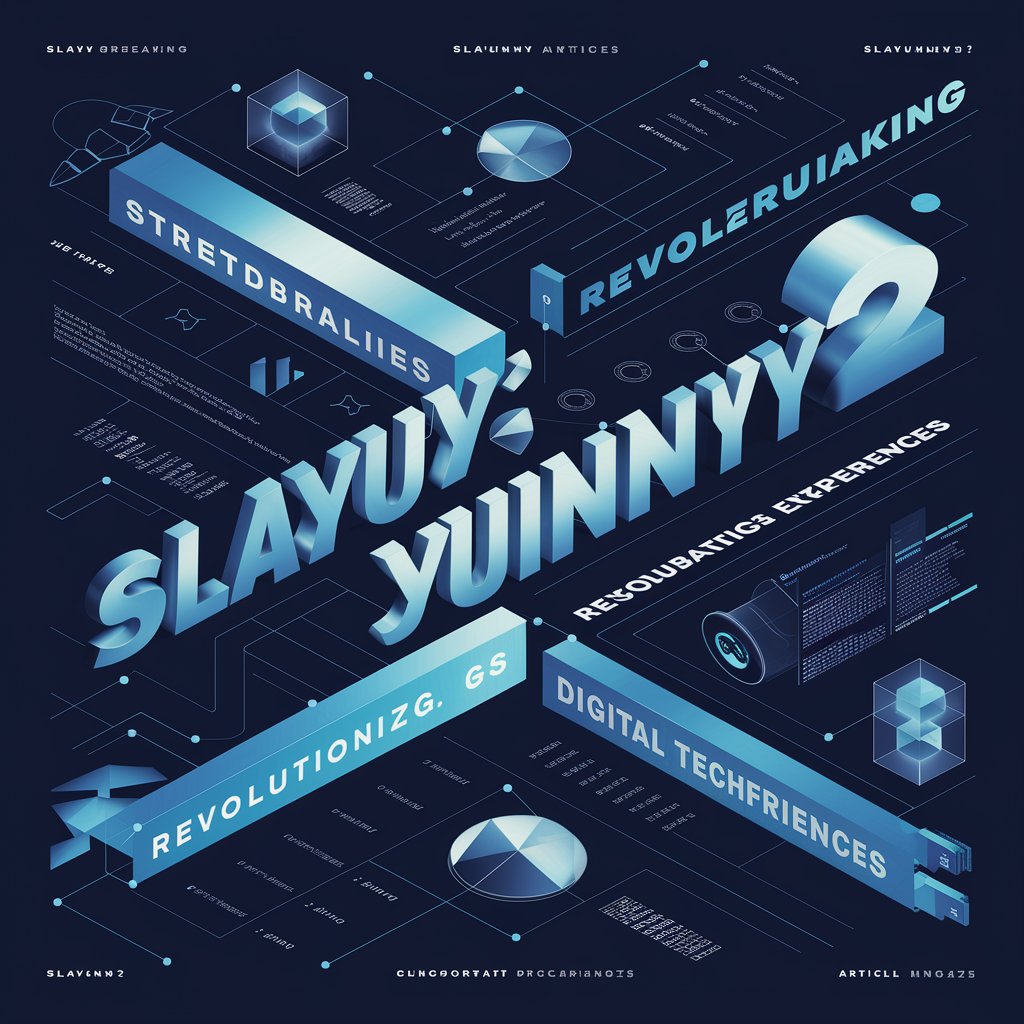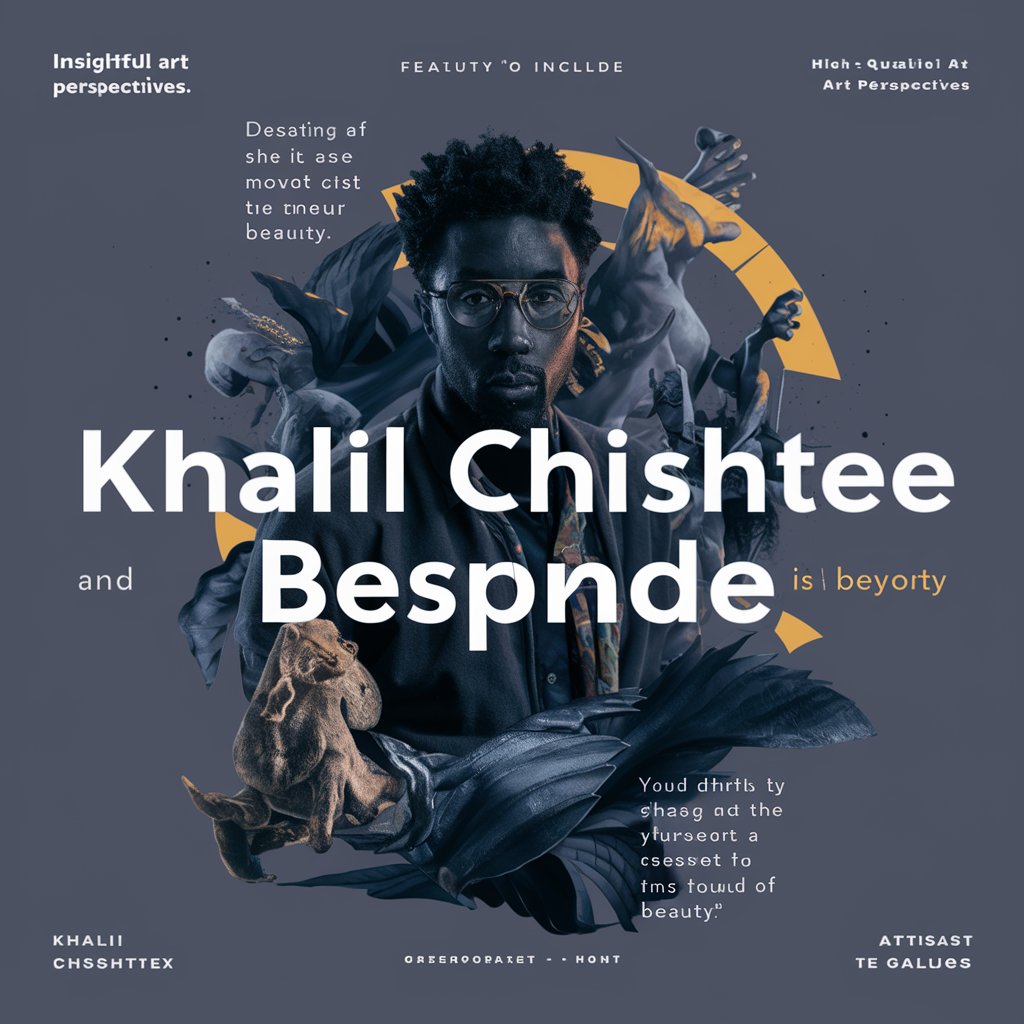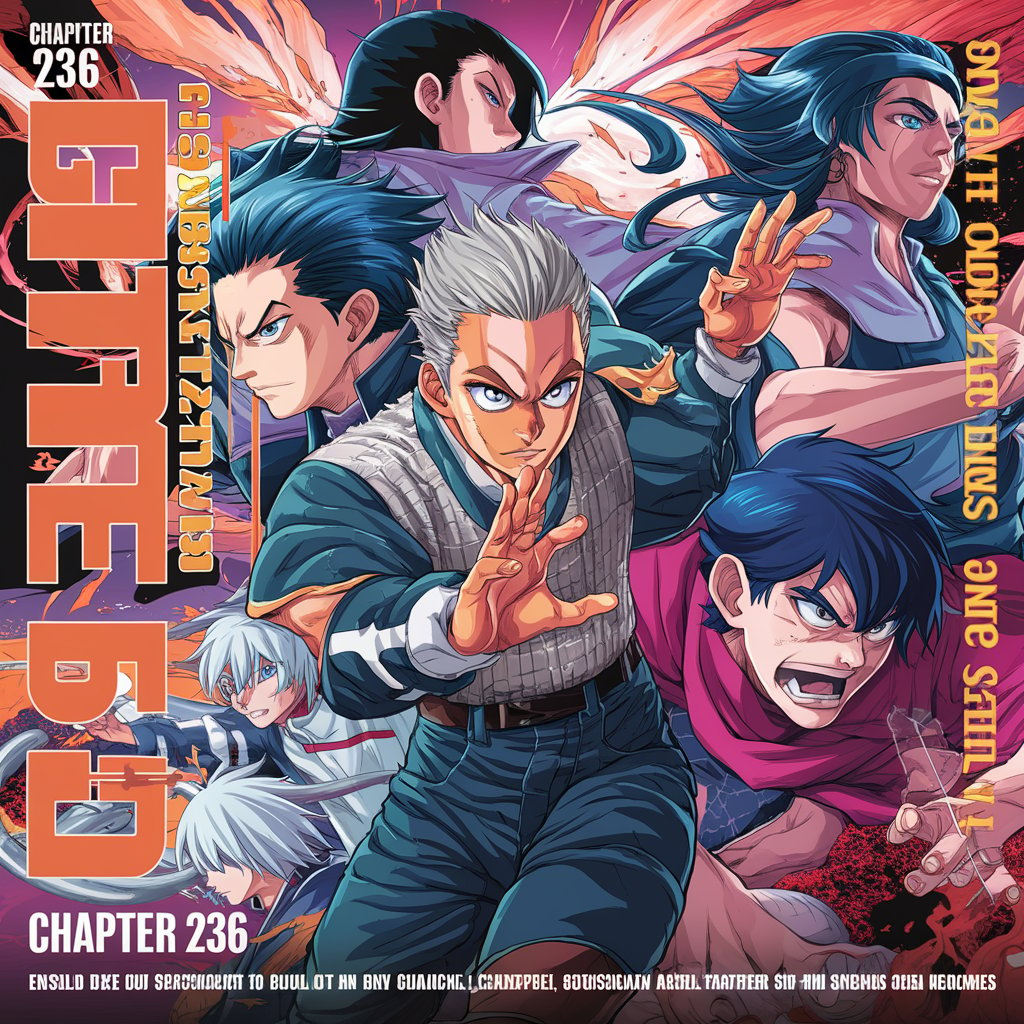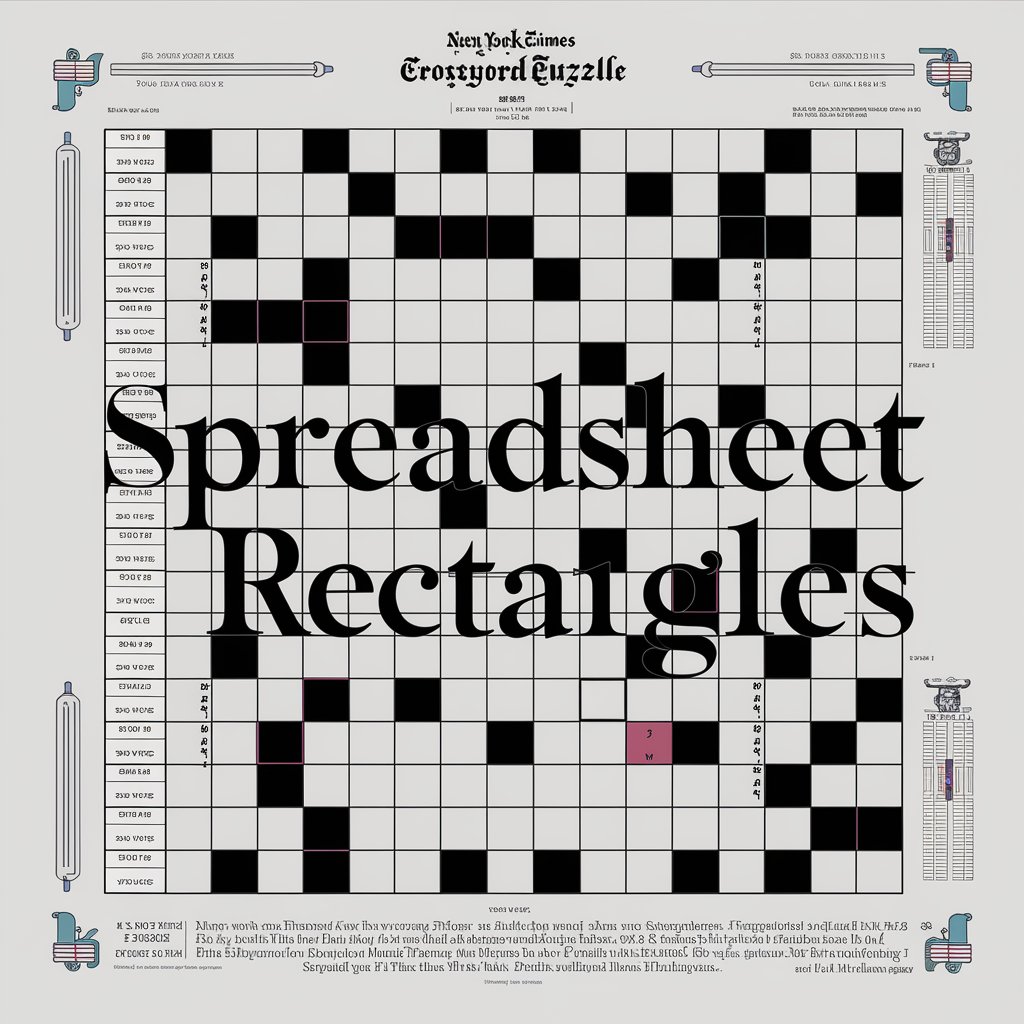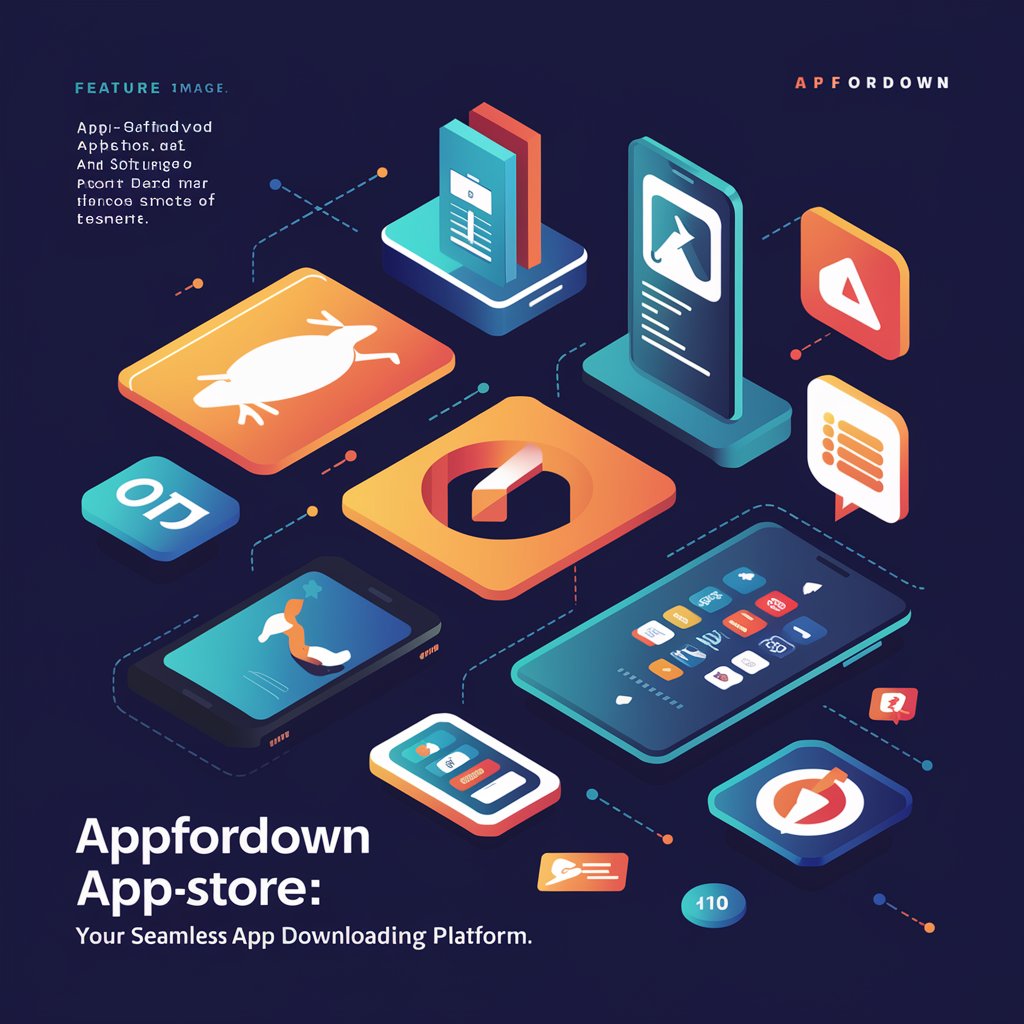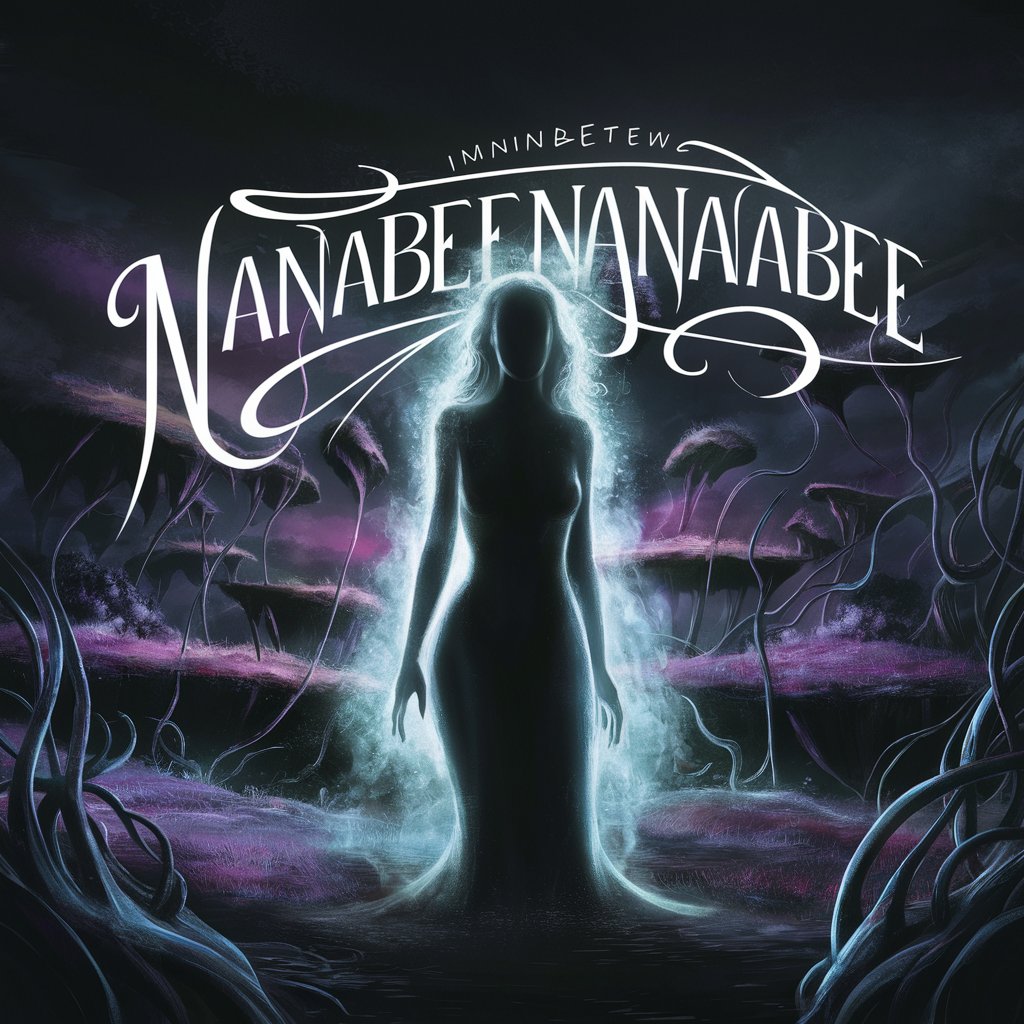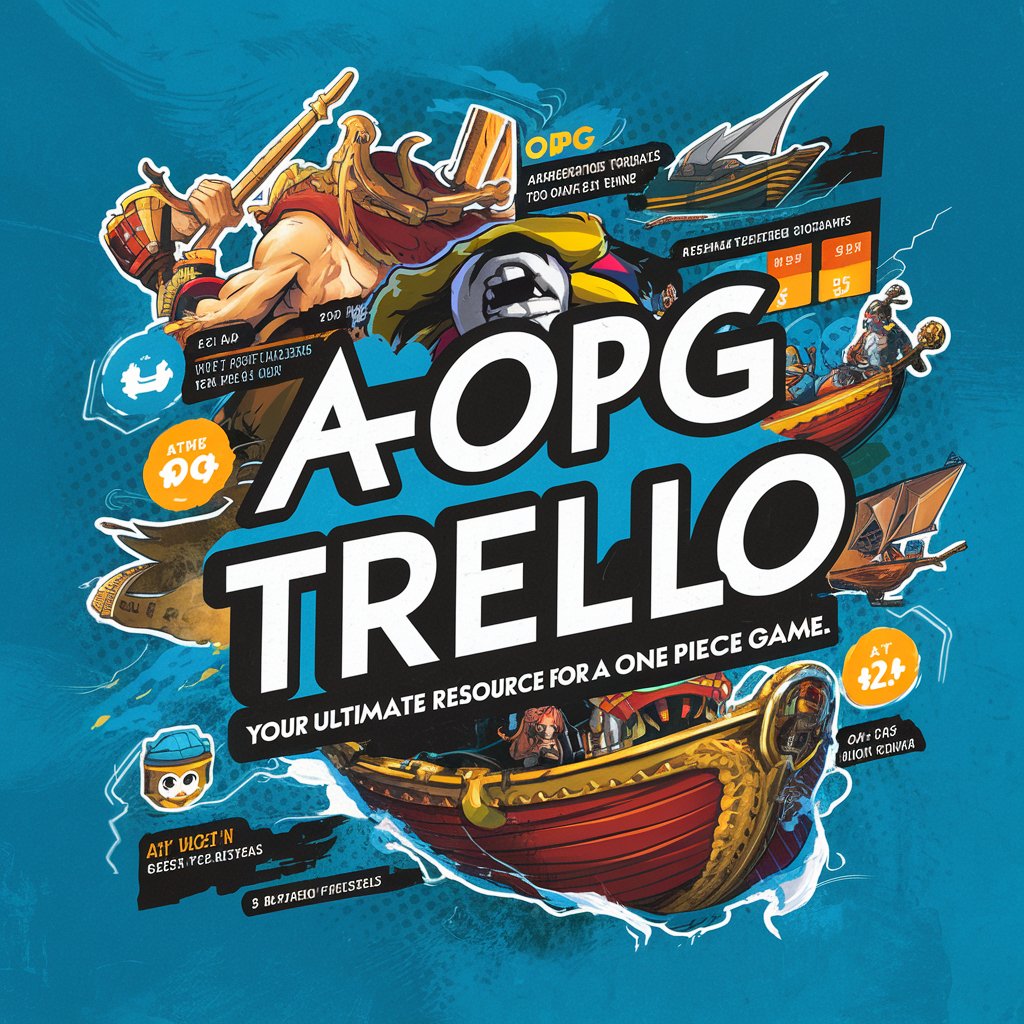Yandere ka to Omottara Motto Yabe Onna Datta RSS feed

In today’s online anime and manga culture, some phrases instantly grab people’s attention. One of those phrases is “Yandere ka to Omottara Motto Yabe Onna Datta RSS feed.” For those new to the anime world, it might look like a strange sentence at first. But once you start diving into its meaning, the character behind it, and how it became part of internet culture, you’ll find it quite fascinating. This phrase is a mix of emotional depth, surprise, and internet creativity.
It’s often used when someone thinks a character is just a typical “Yandere” type – a person who’s obsessively in love and slightly dangerous – but then realizes the girl is even more unhinged or terrifying than expected. This adds an unexpected twist and deeper drama to the story, which is what fans love the most. That’s why it quickly turned into a meme and got attached to various anime and manga scenes.
People have started using this line not just in discussions about anime but also as a tag, a title, or even a humorous warning. The phrase has even found its way into RSS feeds where anime fans follow latest updates and releases. That’s where the connection between this unusual phrase and “RSS feed” comes in. This article explains everything about this topic in a simple, human-readable way.
What is “Yandere ka to Omottara Motto Yabe Onna Datta”?
The phrase “Yandere ka to Omottara Motto Yabe Onna Datta” is Japanese and has gained a lot of attention online. It roughly translates to “I thought she was just a yandere, but she turned out to be an even crazier woman.” At first glance, it sounds dramatic or even funny, but there’s a deeper meaning behind it that connects to a popular type of character in anime and manga.
“Yandere” is a character type in Japanese media. It’s made from two words: “yanderu” (which means mentally sick) and “deredere” (which means being lovey-dovey). So, a yandere character is someone who is deeply in love but shows that love in dangerous or violent ways. Many anime characters have this trait. They may look sweet and kind at first but reveal a dark, obsessive side as the story moves on.
The phrase takes that idea further. It tells us that the girl in question isn’t just a normal yandere. She’s even worse than expected. This kind of twist adds suspense, shock, and emotional tension to the story. It’s no longer just a love story or thriller—it becomes something more intense and unpredictable.
The phrase is often used in memes, anime comment sections, or fan titles to warn others about the intense personality of a female character. It has also become a way to describe situations where someone is much more extreme than they seemed at first. Over time, it turned into a popular expression, especially among fans who love psychological or dark-themed anime.
Meaning of the Phrase in Simple Japanese
To understand the full depth of “Yandere ka to Omottara Motto Yabe Onna Datta,” we can break it down into easy Japanese words and meanings. Even if you’re not fluent in Japanese, this breakdown makes the phrase much easier to follow. This sentence has a casual tone and is the kind of thing someone might say with surprise or fear after realizing how dangerous someone really is.
Let’s look at the main parts:
Yandere ka to omottara means “I thought she was a yandere.”
Motto yabe onna datta means “She turned out to be an even crazier woman.”
In this phrase, “yabe” is slang for “dangerous,” “insane,” or “out of control.” It’s often used in anime to express something shocking or alarming. And “onna” simply means “woman” or “girl.” So overall, this line is expressing surprise and fear – a realization that what seemed bad at first is actually much worse.
It’s the kind of phrase that would come up when a character thinks they can handle a situation but later finds out they’re in over their head. It also plays with audience expectations. Fans might think they know the character type or story direction, but this phrase hints that something unexpected and intense is coming.
This sentence has become a favorite among anime and manga fans who enjoy characters with unexpected twists. It’s also very common in fan-made titles and memes because it quickly tells others what kind of wild emotional ride they can expect. It’s short, casual, and filled with drama, which makes it easy to remember and fun to use online.
Introduction to the Manga or Anime Behind It
The phrase “Yandere ka to Omottara Motto Yabe Onna Datta” isn’t just a random internet meme. It actually connects to a specific type of manga or anime content that focuses on psychological, romantic, and sometimes horror elements. While the phrase itself is often used as a meme or catchy fan title, there are several manga and anime stories that match this exact theme – where a seemingly sweet girl turns out to be dangerously obsessive.
In many cases, this type of story is found in doujinshi (fan-made comics) or short web manga. These stories are created either by independent artists or small circles of fans and are shared through platforms like Pixiv, Twitter, or fan forums. The titles are usually exaggerated and attention-grabbing to pull in curious readers. This phrase fits that style perfectly.
One specific story often linked to this phrase features a male student who starts dating a quiet, shy girl. At first, she appears like a normal yandere – clingy, emotional, and overly attached. But as the story continues, she reveals traits that go beyond yandere behavior, including manipulation, spying, threats, and even physical danger. This sudden switch shocks both the main character and the readers, creating suspense and fear mixed with twisted romance.
Many fans are drawn to such stories because they are full of emotion, mystery, and dark humor. These works are not always officially published by big studios, but they spread fast online because of how intense and unpredictable the characters are. The RSS feed part of the phrase sometimes refers to how fans follow these updates through blog feeds, webcomic platforms, or anime news pages to stay connected with new chapters or releases.
This kind of storytelling, where ordinary relationships turn into psychological thrillers, has gained popularity among niche anime lovers. Whether official or fan-made, these works deliver unexpected surprises and strong emotions, which make them memorable and widely shared.
Who is the Main Female Character?
In the type of story represented by the phrase “Yandere ka to Omottara Motto Yabe Onna Datta,” the main female character plays a central and unforgettable role. She is not just a typical romantic interest — she is the reason the entire story becomes twisted, intense, and unpredictable. Her personality is layered with charm, mystery, and a hidden darkness that slowly reveals itself as the story unfolds.
At the beginning of the story, she usually appears quiet, cute, and soft-spoken. She may be the kind of girl who blushes easily, speaks politely, and acts shy around the person she loves. This makes the main character — and even the audience — believe that she is harmless or just a little clingy. But deep inside, she hides a darker side, one that’s willing to go to extreme lengths to keep the one she loves.
As the relationship progresses, she starts showing signs of obsession. This can include constant texting, spying from a distance, controlling who the boy talks to, and getting jealous over small things. At first, these actions may seem like typical yandere behavior, but then it escalates. She might manipulate events to isolate the boy from others or even threaten people who get too close to him.
What sets her apart is how far she’s willing to go. She doesn’t just want love — she wants full control. She sees every other person as a threat, and her love becomes dangerous. Her expressions may change from sweet to terrifying in seconds. Her actions go beyond jealousy; they become acts of fear, power, and emotional pressure. In some cases, the story even hints at violence or blackmail.
This extreme version of a yandere turns her into a complex character. She’s not evil for the sake of it — she believes everything she does is for love. That’s what makes her both scary and interesting. The phrase fits her perfectly, because she isn’t just a yandere — she’s much, much worse. And that shocking truth is what hooks readers and viewers from start to finish.
Why the Girl Turned Out to Be More Dangerous Than Expected
In stories related to “Yandere ka to Omottara Motto Yabe Onna Datta,” one of the biggest surprises is discovering how dangerous the girl truly is. At first, readers or viewers are led to believe that she’s just a regular yandere—overly loving, maybe a little obsessive, but still under control. But as the story develops, she crosses unexpected boundaries, making the situation far more serious than it first appeared.
The key reason she turns out to be more dangerous is that her actions are not just emotional—they are deeply calculated. She might pretend to be innocent while secretly planning ways to control the boy’s entire life. She watches his routines, tracks his social interactions, and even plants fear into anyone who comes close to him. This kind of behavior shows that her love is not just passionate—it’s possessive in an extreme and unhealthy way.
What adds to the danger is her calm appearance. She doesn’t always scream or act wild. In fact, the scariest part is how quietly she operates. She may smile sweetly while threatening someone behind the scenes. She could manipulate emotions, lie convincingly, or twist facts to create drama. This makes her unpredictable, which is more frightening than an openly angry or violent character.
Another reason she’s more dangerous than expected is her motivation. Her love is not based on care or trust—it’s built on fear of losing control. She doesn’t want a relationship; she wants full ownership. Anyone who gets in her way is seen as an enemy, and she reacts with either mental manipulation or sudden emotional outbursts. Her ability to hide these extremes behind a cute or innocent face makes the twist hit even harder.
This character shocks both the audience and the boy in the story. The reader begins to feel uneasy, realizing that things are not just dramatic but genuinely scary. The story uses this growing tension to keep people hooked. Every new chapter or scene makes them wonder what she’ll do next. That’s why the phrase fits perfectly—what looked like a normal yandere turned out to be something far more intense and disturbing.
How Yandere Characters Are Different from Normal Ones
In the world of anime and manga, characters come in all types—cute, serious, mysterious, funny—but yandere characters stand out because of their intense emotions and extreme behavior. They are very different from normal characters in how they think, act, and love. Understanding this difference helps explain why the phrase “Yandere ka to Omottara Motto Yabe Onna Datta” leaves such a strong impression.
A normal character in a love story might show care, jealousy, or affection in healthy ways. They might get sad or upset, but they still give space and respect to the other person. Their love is balanced, and they don’t try to control everything. Even in difficult moments, they trust and support the one they love, making the relationship feel natural.
On the other hand, a yandere character’s love is not calm—it’s wild, deep, and obsessive. They don’t just want to be close to someone; they want to be the only one in that person’s life. This can lead to spying, lying, isolating the person, or even hurting others. Yandere characters may cry, smile, or stay silent, but their actions are always guided by fear and possessiveness.
Another big difference is how yandere characters handle threats. A normal person might walk away from a breakup or accept a rejection. But a yandere takes it as a personal attack. They might beg, threaten, or take extreme steps to stop the other person from leaving. This shows their emotional instability and how much power their love holds over them.
Yandere characters often look innocent and harmless, but inside they are filled with chaos. That’s why they surprise both the characters in the story and the viewers. Their sudden mood swings, violent reactions, and deep emotional struggles make them both scary and interesting. Unlike normal characters who follow clear paths, yandere characters can take a story in unexpected, dramatic directions.
This contrast is what makes stories with phrases like “Yandere ka to Omottara Motto Yabe Onna Datta” so gripping. You think you know what you’re getting, but then you realize the character is even more extreme than a normal yandere, making the experience unforgettable.
The Role of Psychological Themes in the Story
One of the most powerful parts of any story involving a yandere or an even more extreme character, like in “Yandere ka to Omottara Motto Yabe Onna Datta,” is the psychological depth. These stories don’t just show simple romance or action—they explore how people think, feel, and break under pressure. That’s why they often leave a lasting effect on readers or viewers.
Psychological themes in these stories help us understand what’s going on inside the minds of the characters. The girl might appear sweet and lovely, but her inner thoughts are filled with fear, jealousy, and obsession. She might smile on the outside while planning how to stop others from “stealing” the one she loves. This conflict between outer calm and inner chaos creates a chilling effect that pulls the audience in.
These themes also reveal how love can turn into something toxic. The story may start with feelings of care and affection, but they slowly twist into control and fear. The girl feels that without this one person, her life is meaningless. That kind of thinking leads her to make harmful choices, not just for others but for herself. It becomes a story about emotional addiction more than true love.
Another strong psychological element is how the male lead reacts. At first, he might feel lucky or flattered. But as things get darker, he starts to feel trapped. He begins to see the danger but often can’t escape easily. This feeling of being stuck in a relationship with someone who seems kind but is emotionally unstable adds a layer of tension that makes the story feel very real.
These psychological ideas make the story more than just shocking. They give it weight and meaning. Viewers don’t just enjoy the drama—they start asking questions: Why is she like this? Could someone act like that in real life? How much pain is hidden behind her smile? This depth turns a basic “crazy love story” into something emotionally rich and unforgettable.
Art Style and Visual Presentation
In stories like “Yandere ka to Omottara Motto Yabe Onna Datta,” the visual style plays a huge role in building the mood and keeping the audience engaged. The way a character looks, how the scenes are drawn, and the use of facial expressions all add layers to the story. Even without reading the dialogue, many readers can feel the shift in emotion just by looking at the art.
At the beginning of the story, the girl is often drawn in a very cute and soft style. Her eyes are wide, her expressions are gentle, and her clothes give her an innocent vibe. This gives the reader the feeling that she is harmless and lovable. The background might also be light and cheerful, filled with school settings or peaceful locations that match her sweet appearance.
But as the story takes darker turns, the art changes too. Her facial expressions become sharper, her eyes sometimes lose light or show a chilling glow. Shadows start to appear under her eyes or across her face. In some scenes, her smile remains, but her body language tells a different story—tense shoulders, trembling hands, or a tilt of the head that seems just slightly off. These small details silently scream that something is wrong.
Artists also use clever lighting and shading to show the shift in mood. Bright scenes become darker, especially when the girl’s obsessive side takes over. Panels may zoom in on her eyes or hands to show tension. Even the background may change from detailed settings to chaotic patterns or empty black space to represent her disturbed thoughts.
This change in visual presentation helps build suspense. Readers might not notice the shift immediately, but they start to feel uneasy. The art guides their emotions, making them feel the same fear or discomfort that the main character feels. This powerful use of visuals turns a simple scene into a moment filled with dread.
The visual storytelling is just as important as the plot. It makes the girl’s transformation believable and adds to the shock when she reveals her true nature. That’s why fans of this genre pay close attention to the art—it often tells a silent story that words alone can’t explain.
Popularity of This Series in Japan and Overseas
The kind of story linked to “Yandere ka to Omottara Motto Yabe Onna Datta” has gained major popularity in both Japan and other countries. While it may have started as a niche theme or meme phrase, its reach has grown far beyond small fan communities. The mix of dark romance, psychological tension, and shocking character turns has made this genre stand out in a crowded world of anime and manga content.
In Japan, fans are already very familiar with yandere-style characters. These types have appeared in countless anime, light novels, and visual novels. However, what makes this particular story—or stories like it—more appealing is the extreme twist. People thought they were getting a normal yandere, but they ended up with something far more disturbing. Japanese fan artists and writers enjoy creating exaggerated or meme-style titles, and this phrase fits perfectly into that trend.
The story format often spreads through short manga, online webtoons, or doujinshi that go viral on platforms like Pixiv, NicoNico, or X (formerly Twitter). Once the character starts gaining attention, fan art, reaction videos, and parodies follow, further boosting the series’ presence. Even among casual readers, the phrase becomes a symbol of unexpected dark twists and intense emotional turns.
In overseas countries, especially among anime fans on Reddit, TikTok, YouTube, and Discord, the phrase has taken on a life of its own. It is often used in memes, dramatic fan edits, and funny captions that describe a girl who turns out to be “too much to handle.” Even people who haven’t read the original story use the phrase to joke about extreme characters in other shows. This helped turn the phrase into a kind of internet language understood by fans around the world.
Translation and localization also played a role in its spread. While some fans read the original Japanese version, others rely on English scanlations or fan translations shared online. The strong emotional scenes and wild facial expressions often make the story easy to enjoy even without full language understanding.
Overall, this genre—and this phrase in particular—has created a unique fan base that loves the thrill of uncovering just how deep and dark a love story can go. Its success is not limited to one country; it’s a global fan-favorite because it offers something both emotional and shocking that stays in the memory long after the final panel.
Reactions from Viewers and Fans
When fans come across a story like “Yandere ka to Omottara Motto Yabe Onna Datta,” their reactions are usually strong and immediate. The mix of surprise, fear, and fascination creates an emotional experience that stays with people long after they finish the story. Whether through anime clips, manga panels, or social media memes, viewers often share their feelings with dramatic comments, emotional reactions, or dark humor.
One of the most common reactions is shock. Readers go in expecting a typical yandere plot, thinking the girl will be clingy or jealous but still manageable. But when she starts showing signs of deeper obsession, manipulation, or even violent behavior, the tone shifts. This twist catches people off guard, and many fans admit they didn’t expect things to escalate so quickly or so deeply. That sudden shift is a major reason why the phrase became so memorable.
Another common reaction is a strange mix of fear and admiration. Fans often say they’re scared of the girl, but they also can’t stop reading or watching. Her character may be extreme, but she’s written in a way that’s interesting and emotionally rich. This balance of beauty and danger fascinates people. Many say it’s like watching a train wreck—you want to look away, but you can’t.
Humor and memes also play a big role in how fans respond. Online communities love turning intense scenes into funny posts or dramatic reaction images. You’ll see people posting the girl’s creepy smile with captions like “Run, bro,” or making jokes about how they’d handle a girlfriend like her (usually by panicking). These reactions help spread the story faster and bring new fans into the circle.
On top of all this, some fans actually relate to the characters. They discuss the emotional pain, the fear of losing someone, or the pressure of feeling unworthy of love. This adds another layer to the fan response. The story isn’t just dramatic—it also speaks to real emotions in exaggerated form. Some fans even analyze the girl’s behavior from a psychological or trauma-based point of view.
In the end, the fan reactions are what make stories like this explode in popularity. People share clips, quotes, and fan art, spreading the phrase across the internet. The stronger the reaction, the more memorable the story becomes. And in this case, the reactions were loud, passionate, and unforgettable.
Internet Culture and the RSS Feed Connection
At first, the phrase “Yandere ka to Omottara Motto Yabe Onna Datta” seems like it has nothing to do with RSS feeds or internet tools. But when we look deeper into how anime and manga fans consume content online, the connection makes more sense. It’s part of a larger trend where internet culture, content delivery systems, and meme phrases blend into one big digital world.
RSS (Really Simple Syndication) is a system that lets people subscribe to updates from websites, blogs, or online comics. In anime and manga fan communities, many people use RSS feeds to stay updated with new chapters, fan translations, and creator posts. These feeds make it easy to track dozens of manga series or short stories, especially ones from smaller creators or doujin circles that aren’t always published officially.
The phrase became connected to RSS feeds because of how it spread across these platforms. Many users first saw the title on a feed list, where catchy or long names help a series stand out. “Yandere ka to Omottara Motto Yabe Onna Datta” is exactly the kind of title that grabs attention in an RSS reader—long, dramatic, and packed with emotion. People click out of curiosity, then share screenshots or quotes once they realize how intense the story is.
This title style is common in internet-born manga. It’s part of click-culture, where the name alone is designed to create curiosity. Some creators purposely use exaggerated or meme-worthy titles to gain views, and fans respond by sharing them widely. It becomes a loop: the funnier or scarier the name, the more people read and talk about it.
In addition to RSS feeds, the story spread through platforms like Reddit, Discord, and social media, where fans reposted chapters, created meme versions, and added commentary. Even TikTok users started using the phrase in voiceovers or comedy skits, especially in scenes showing cute girls turning into scary yanderes. This crossover from web tools to humor platforms made the phrase a symbol of unexpected chaos in digital relationships.
So, while the phrase didn’t start as a tech joke, it naturally found a home in RSS feeds and became a part of how modern internet fans experience manga. It represents a new way of storytelling—one built not just on the content itself but on how it’s delivered, shared, and reacted to online.
Why the Phrase Became a Meme
The phrase “Yandere ka to Omottara Motto Yabe Onna Datta” became a meme because it perfectly blends humor, surprise, and emotional chaos—all key ingredients of internet meme culture. On the surface, it sounds dramatic and a bit over-the-top. But that’s exactly why people love it. It expresses a full story in one line and leaves just enough mystery for others to want to learn more.
One major reason the phrase turned into a meme is its relatability in exaggerated situations. It describes a moment when someone thinks they understand a person, only to realize they’re far more extreme or emotionally unstable than expected. While the original meaning is tied to anime and manga, people started using it in real life or in other fandoms to describe unexpected behavior. It became a quick and funny way to say, “I thought things were crazy, but I was wrong—they’re even worse!”
Another reason is the visual reaction culture online. When fans post a screenshot of a sweet-looking anime girl next to a panel where she’s threatening someone with a knife, and then caption it with this phrase—it hits instantly. That contrast creates humor, surprise, and fear all at once. It’s easy to share, remix, and meme without needing to explain too much.
The length and style of the phrase also help its meme power. Long Japanese phrases with dramatic energy often grab attention in fan spaces. Just reading it out loud sounds like the title of a wild story. People enjoy joking about these kinds of names because they’re so specific yet flexible. They even create fake versions like “I thought she was a gamer girl but she was actually a final boss,” using the same tone.
Another big factor is how it traveled through platforms. It wasn’t limited to just anime forums. The phrase appeared in meme videos, TikTok skits, parody manga panels, and even Discord roleplay groups. Fans adapted it into different styles—funny, serious, creepy, or romantic. Every new use gave it more meaning and made it more recognizable.
Finally, memes often grow because they let people join a shared joke. Once this phrase became known in the anime community, people started looking for moments in shows or real life where it could apply. That community involvement is what transforms a line into a viral meme—and this phrase did it perfectly.
Impact on Anime and Otaku Culture
The phrase “Yandere ka to Omottara Motto Yabe Onna Datta” has done more than just entertain fans—it has left a noticeable mark on anime and otaku culture. What started as a meme-worthy sentence has become part of how fans talk about characters, relationships, and extreme personalities in anime. It reflects a growing love for stories that are not only dramatic but also emotionally intense and mentally layered.
One major impact is how this phrase helped push the popularity of extreme character types. Yandere characters were already well-known in anime, but this phrase highlighted an even darker version—one that caught fans by surprise. Suddenly, fans weren’t just looking for cute yanderes—they were chasing characters who hid deep psychological twists, emotional breakdowns, or shocking behavior. This raised the bar for how complex and terrifying a romantic interest could be.
The phrase also influenced how anime titles and fan content are named. Many web manga and indie anime creators began using long, dramatic, or even funny phrases as titles to attract attention. Otaku culture embraced this trend because it made browsing fun. You never knew if the next title would be a romance, a horror, or something completely wild. This style of naming became a game in itself—what strange but interesting story hides behind that long title?
In fan communities, the phrase became a shortcut to describe a specific type of story. When someone says, “This anime gives major ‘Yandere ka to Omottara’ vibes,” everyone instantly knows what kind of emotional rollercoaster to expect. It’s become part of the fan vocabulary, helping people connect, recommend shows, or joke about their favorite (or most terrifying) characters.
Cosplayers, fan artists, and meme creators also jumped on this trend. Many cosplay photos show sweet-looking girls holding knives or standing with bloody backgrounds, often captioned with this phrase. It has become a way to explore the contrast between appearance and truth—something otaku culture deeply enjoys. That visual irony is now a strong theme in fan art, edits, and even merch.
Finally, the phrase influenced how fans engage emotionally with characters. Otaku culture often involves deep attachment to fictional people, and stories like these play directly into that. The phrase shows how love, obsession, fear, and fantasy mix in unexpected ways, and how the line between romance and horror can be thin. This mix is now more accepted and popular than ever, largely because of how well this phrase captured it.
Comparison with Other Yandere Characters in Anime
The phrase “Yandere ka to Omottara Motto Yabe Onna Datta” doesn’t just describe a random girl—it signals a next-level yandere. To fully understand how unique this character is, it helps to compare her with other popular yandere characters in anime. Many fans are already familiar with famous yanderes, but the girl from this phrase often takes things even further, setting her apart in both behavior and emotional depth.
Take Yuno Gasai from Future Diary (Mirai Nikki)—arguably the most well-known yandere. She’s obsessively in love, extremely jealous, and even violent. She kills, manipulates, and lies to protect her crush. But with Yuno, viewers know early on what to expect. She’s intense from the start, and her yandere behavior is open and consistent. The girl in “Yandere ka to Omottara…” stories, on the other hand, begins softly. She looks gentle, sweet, maybe even shy. The twist is when she slowly shows her true, much darker side.
Another example is Kotonoha Katsura from School Days. She appears innocent at first but becomes emotionally unstable after betrayal. Her breakdown leads to one of the most shocking endings in anime. Still, her actions come from heartbreak. In contrast, the “motto yabe” girl acts out of a twisted version of love from the beginning. She doesn’t wait to be hurt—she prepares to control everything from the start.
Some yanderes, like Shion Sonozaki from Higurashi no Naku Koro ni, are driven by trauma and madness. They have tragic backstories and external reasons for breaking down. The girl from this phrase, however, is often more mysterious. We don’t always get to see why she’s like this. Her behavior seems to come naturally, which makes her even scarier. She doesn’t snap because of a tragedy—she’s already snapped, but hides it well.
In many yandere stories, there’s at least a limit to how far a character will go. They’ll hesitate, break down, or feel guilty. But the girl described by this phrase might not have those limits. She could smile while threatening someone, lie without blinking, and feel no regret. This makes her different from yanderes who show internal struggle. Her actions are cold, clever, and calculated.
So while classic yanderes are emotional, dramatic, and often explosive, this character is quieter and more dangerous. She hides behind sweetness, plans far ahead, and never gives others the chance to fight back. That’s what makes her the “motto yabe”—worse than expected. And that’s why fans consider her the ultimate evolution of the yandere archetype.
Deeper Meaning Behind the ‘RSS Feed’ Reference
At first glance, RSS feed seems completely unrelated to a dark romantic anime story. After all, RSS is just a tool used to get content updates from websites. But in the world of internet culture, fans often twist serious tech terms into humorous or ironic phrases—and that’s exactly what happened with the connection between “Yandere ka to Omottara Motto Yabe Onna Datta” and RSS feeds.
To start, an RSS feed is basically a list of updates. You subscribe to it, and every time there’s a new post, comic, or chapter, you get a notification. Anime fans use RSS readers to track their favorite manga releases, light novels, or doujin works. Many stories with long or meme-like titles (like this one) are published on personal blogs or indie platforms, where RSS is still popular among loyal followers.
So why is RSS being mentioned alongside a terrifying yandere girl?
It’s partly a joke, partly real. Online, people started imagining what it would be like if they were “subscribed” to someone’s life the way they are to an RSS feed. If the girl from the story updates her emotions or actions daily—like mood swings, new threats, or sudden outbursts—it’s like receiving regular chaos through a feed. The idea became a meme: “I subscribed to love, but the updates were all warnings.”
Another layer is the idea of passive horror. When you’re subscribed to an RSS feed, you don’t control what shows up—you just receive it. That mirrors how the main male character in these stories often feels. He’s stuck, helpless, constantly receiving the next wave of jealousy, threats, or fake smiles. The girl’s behavior becomes an unavoidable feed of emotional spikes.
Some fans also use “RSS feed” as a metaphor for emotional control. The yandere girl controls when you hear from her, what mood she’s in, and what actions she’ll take next. You don’t get to opt out easily—just like with a corrupted feed that keeps updating even when you want it to stop. It’s a creepy but clever way to mix modern tech terms with twisted romantic tension.
So in the end, the RSS reference isn’t about the tool itself. It’s about the feeling of being trapped in constant updates—emotional, frightening, and unexpected. It makes the story feel modern and relatable, especially for fans who live online and understand what it means to be “subscribed” to something that slowly drives you mad.
How to Access or Subscribe to the Related RSS Feed
If you’re curious about where fans are actually reading stories like “Yandere ka to Omottara Motto Yabe Onna Datta”, or similar content with wild emotional twists, RSS feeds are still one of the easiest ways to stay updated—especially for niche manga, webcomics, or indie stories not hosted on big platforms. Subscribing to such a feed is simple, and once set up, it keeps you connected to every new chapter or post without needing to search every time.
First, you’ll need an RSS reader app or website. Some popular ones include Feedly, Inoreader, or NetNewsWire (for Apple users). These apps let you create a custom reading dashboard where you can follow specific creators, blogs, or comic-hosting sites. Many of the web manga where this kind of content appears are hosted on platforms like Pixiv, FC2, NicoNico Seiga, or even personal Japanese blog sites.
To find a feed, go to the creator’s blog, comic page, or manga listing, and look for a small orange RSS icon or a link ending in .xml or /feed. This is the RSS link. Copy that URL and paste it into your RSS reader’s “Add Subscription” section. Once you’re subscribed, you’ll get automatic updates whenever new chapters are posted.
Many fan translation groups also maintain public RSS feeds. These are extremely helpful if you’re not fluent in Japanese but still want to follow the story. Sites like MangaDex or fan-run repositories often give RSS options per series, which means you can follow only the ones you like, including meme-style stories like this one.
Another great tip is to use search engines like Google or Reddit to find where the story is being discussed. Threads on anime forums or Discord communities often share the original RSS links or translated versions. Fans are usually happy to help newcomers join in and experience the wild ride of a yandere story.
While the phrase might have started as a meme, the interest it created helped fans look for the real thing. Through RSS feeds, readers can stay updated with every new panel, twist, or terrifying moment. It’s an old-school tool, but in the world of yandere content—where danger arrives without warning—it fits the mood perfectly.
Should You Watch or Read This Series?
If you’re wondering whether to dive into a story like “Yandere ka to Omottara Motto Yabe Onna Datta,” the answer depends on what kind of emotional ride you’re looking for. This type of series isn’t just about romance or comedy—it’s a mix of psychological drama, obsessive love, and unexpected danger. It’s not for everyone, but for fans who enjoy intense characters and shocking twists, it can be a wild and unforgettable experience.
You should consider reading or watching this series if you enjoy plot twists and characters who break the mold. The female lead is not the kind of girl you’ll forget easily. Her transformation from innocent to terrifying adds suspense to every scene. You might start out thinking the story is cute or lighthearted, but it quickly turns into something much deeper and darker. This shift is part of what makes the experience exciting.
Another reason to explore this series is if you’re a fan of yandere characters in general. But keep in mind—this story takes the yandere concept to a higher level. It’s not about a girl being jealous; it’s about someone who hides her true self behind a sweet face until she fully controls everything around her. If you’ve ever thought a yandere character was too tame, this story might give you exactly what you’re looking for.
However, this series may not be a good fit if you prefer stories with stable relationships or light romance. Some parts may be emotionally intense or disturbing. Scenes that show manipulation, emotional pressure, or implied violence could make some viewers uncomfortable. The story plays with your expectations and emotions on purpose, so be prepared for a bit of mental and emotional tension.
For people who enjoy online fan culture, meme-based humor, or web manga with dramatic titles, this kind of content is perfect. It fits in with modern internet storytelling where nothing is what it seems, and every update could surprise you. Plus, you’ll be able to connect with others who are already sharing jokes, art, or edits based on the story.
In short, if you like unpredictable plots, emotionally complex characters, and a touch of chaos in your love stories—this series is worth your time. But if you prefer peaceful romance, you may want to skip it. Either way, the phrase itself already tells you: expect more than just a yandere—it’s a girl far more dangerous than imagined.
FAQs
What does “Yandere ka to Omottara Motto Yabe Onna Datta” mean?
It’s a Japanese phrase that means “I thought she was a yandere, but she turned out to be an even crazier woman.” It’s often used in anime culture to describe a situation where a girl looks sweet and obsessive in love but turns out to be much more dangerous than expected. The phrase is both dramatic and used humorously online.
Is this story based on a real manga or just a meme?
While the phrase started as a meme-style title, there are real web manga and doujinshi that follow this exact type of plot. Some are short web comics that use this phrase as a punchline, and others build entire stories around it. Even if there’s not one official version, many similar stories exist in the same genre.
Where can I read or watch this kind of content?
You can find related manga on Pixiv, NicoNico, Twitter, or MangaDex. Sometimes, fan translation groups also release stories under similar names. If you use RSS readers like Feedly or Inoreader, you can stay updated whenever new chapters or spin-offs are released. Just look for keywords like “yandere,” “psycho girlfriend,” or “dark romance.”
Why do fans enjoy characters like this?
Fans are drawn to the mix of cuteness and chaos. Yandere characters offer something more intense than normal romantic leads. The thrill of not knowing what they’ll do next keeps readers hooked. These characters also create strong emotional scenes that fans remember long after the story ends.
Is the “RSS feed” part supposed to be taken seriously?
Not really—it’s more of a fun internet twist. Fans joke that being with a yandere is like being subscribed to a nonstop feed of drama and emotional updates. It’s a creative way to combine anime tropes with tech culture, and it adds humor to the whole idea.
How does this compare to other yandere stories?
This story is more extreme and unpredictable. Classic yanderes like Yuno Gasai are intense from the start. But the girl in this story hides her dark side longer and acts in more shocking ways. Her obsession feels colder and more dangerous, which makes the story more suspenseful.
Are there any warnings before reading it?
Yes—be ready for psychological themes, manipulation, and emotional pressure. It’s not a light or relaxing romance. Some scenes may make you feel uncomfortable or tense, especially if you’re sensitive to emotional control or obsessive behavior in stories.
Is this story just for anime fans?
Not at all. Even people who don’t watch much anime can enjoy the story if they like dark romance, psychological thrillers, or meme culture. The themes go beyond anime and speak to deeper feelings like fear, love, and control—things many people can relate to, in fiction or real life.
 English
English 